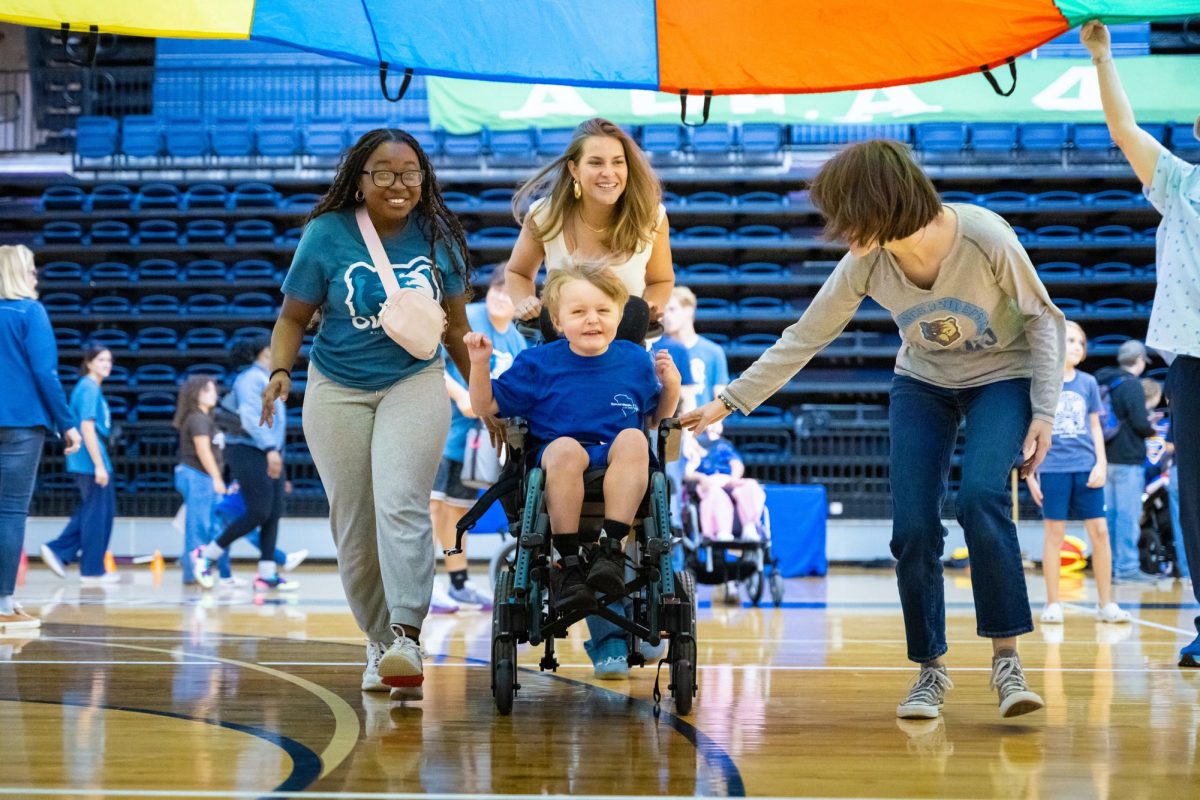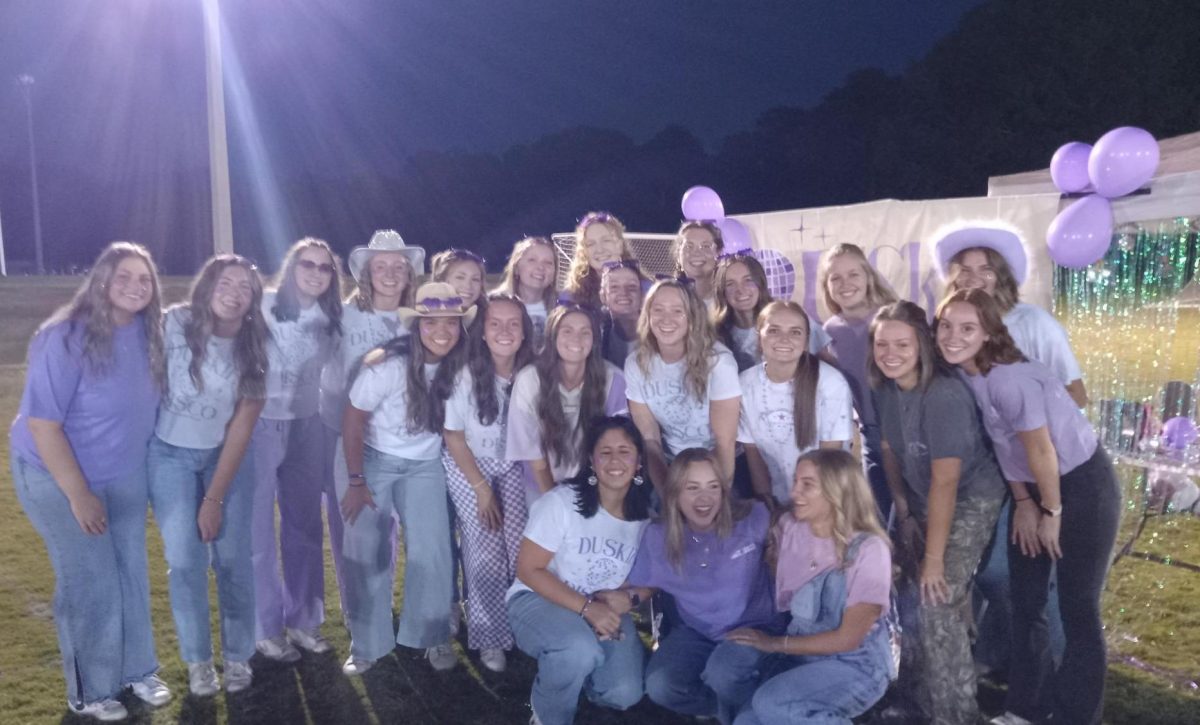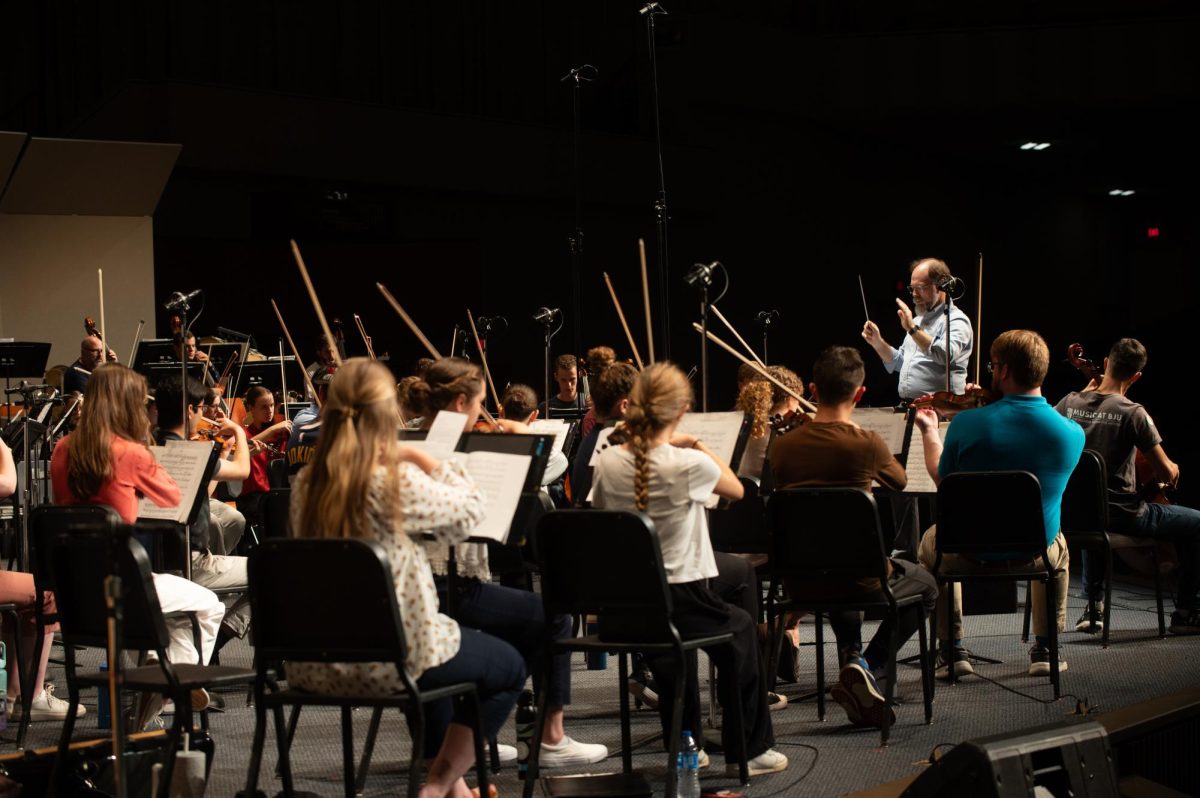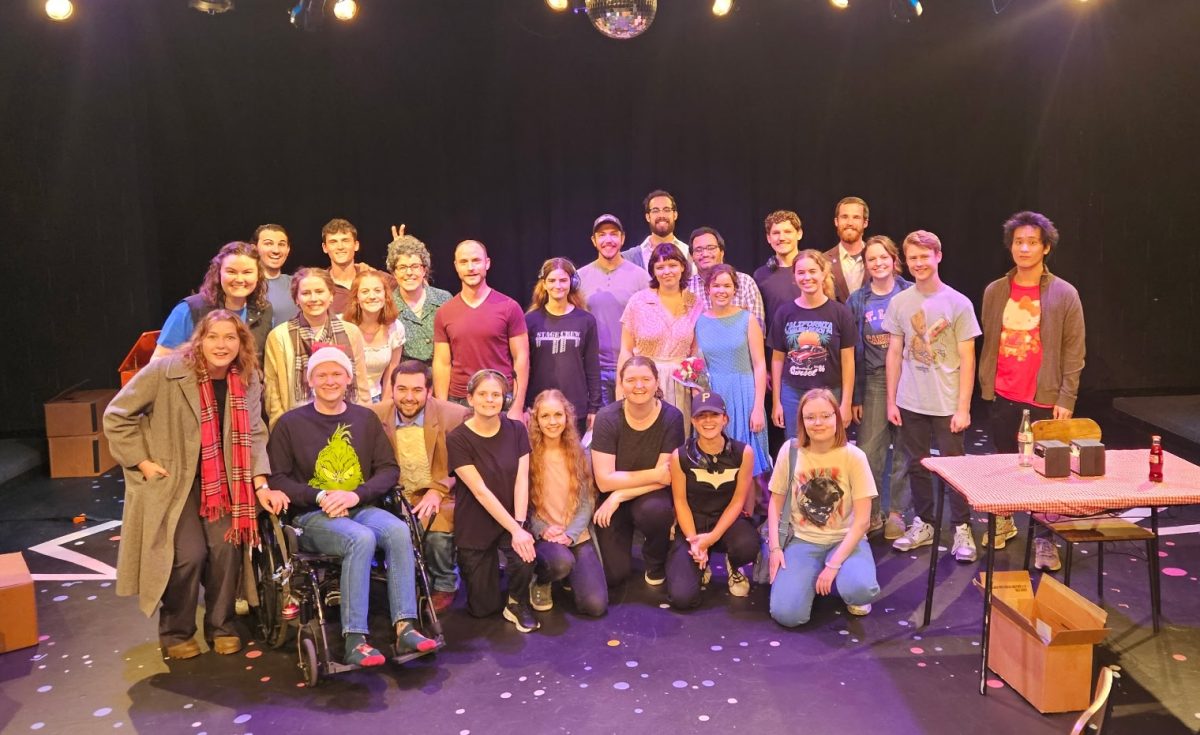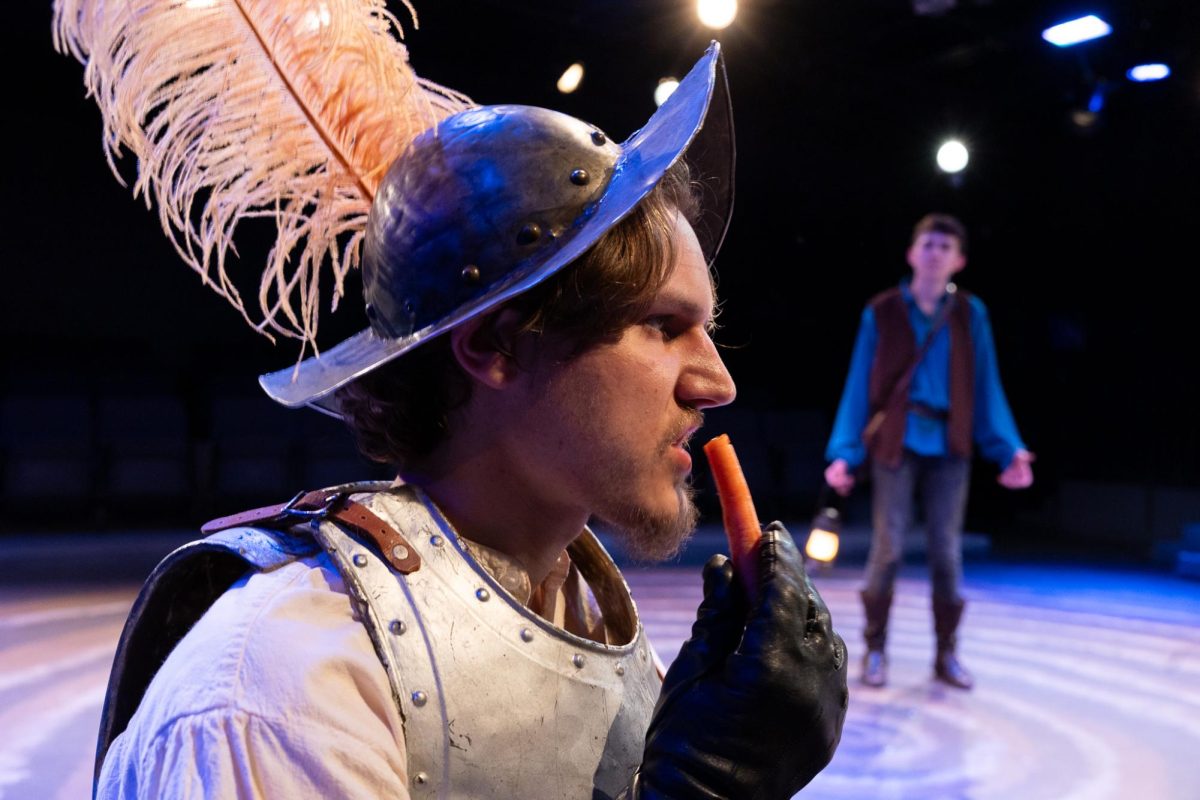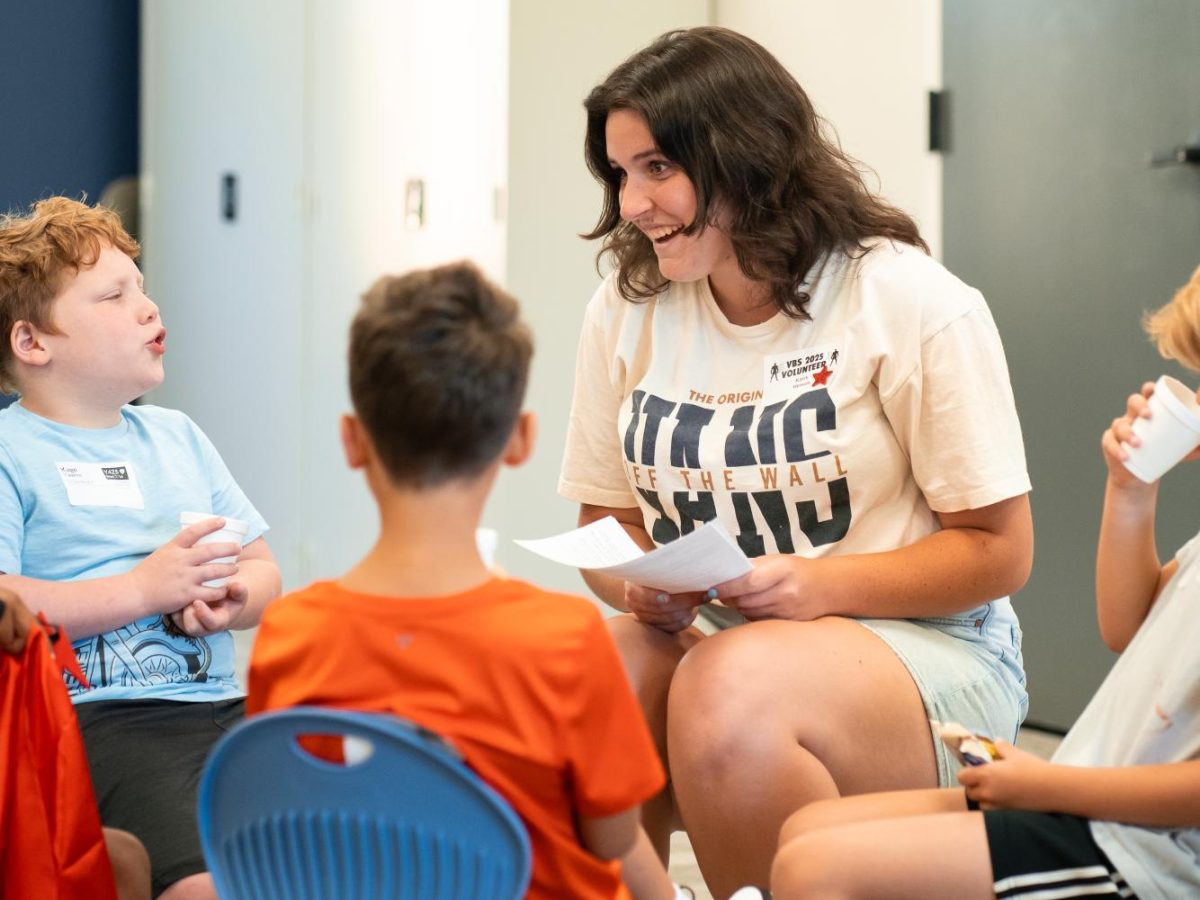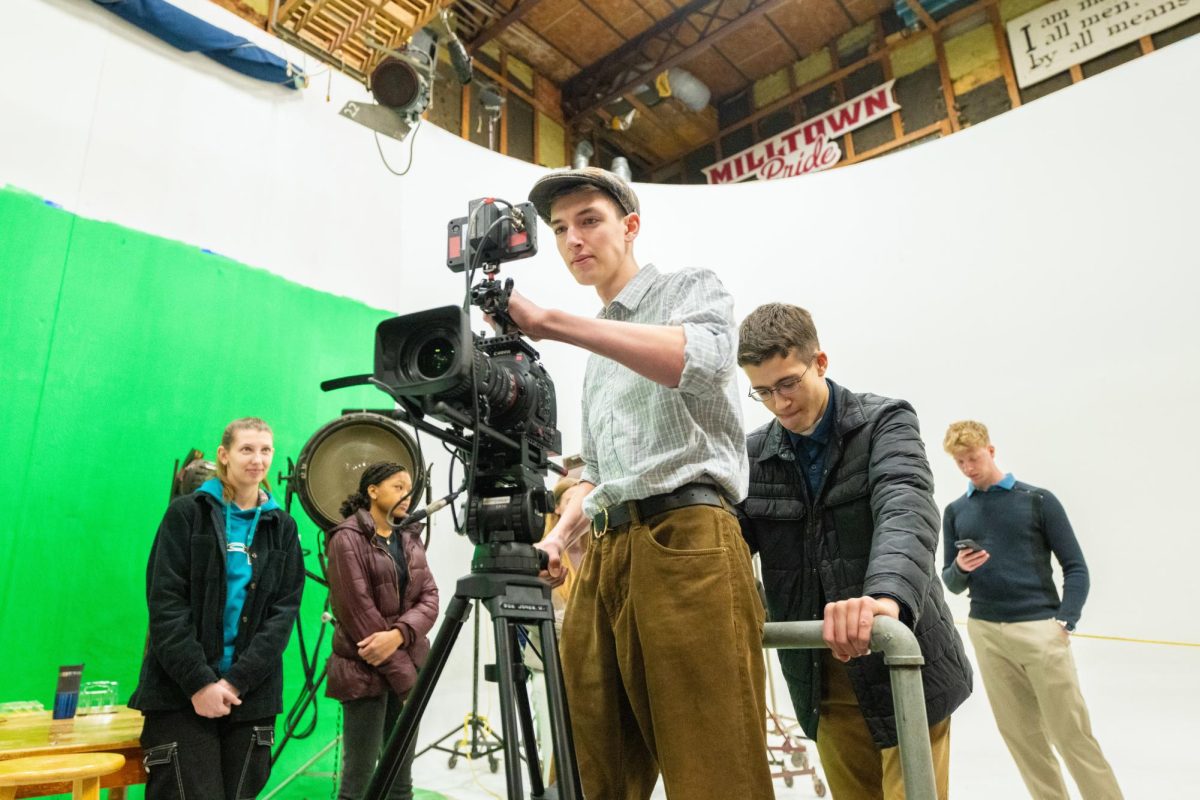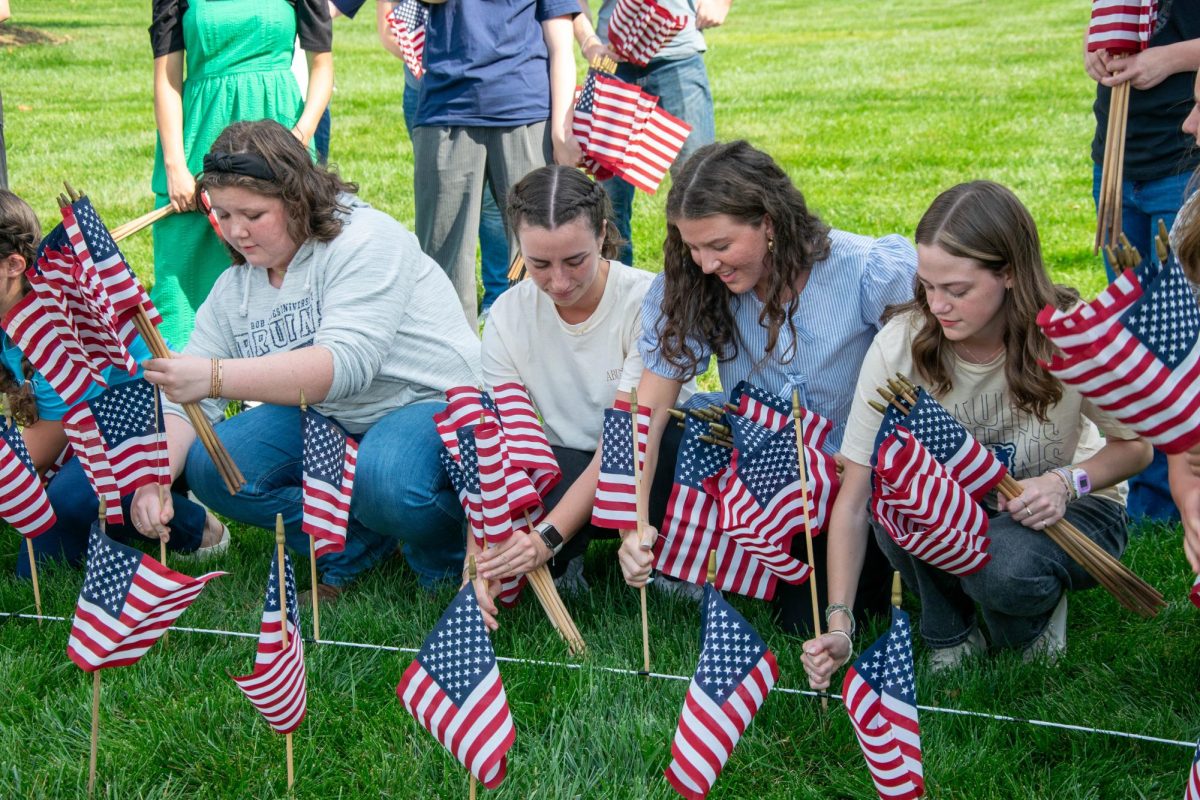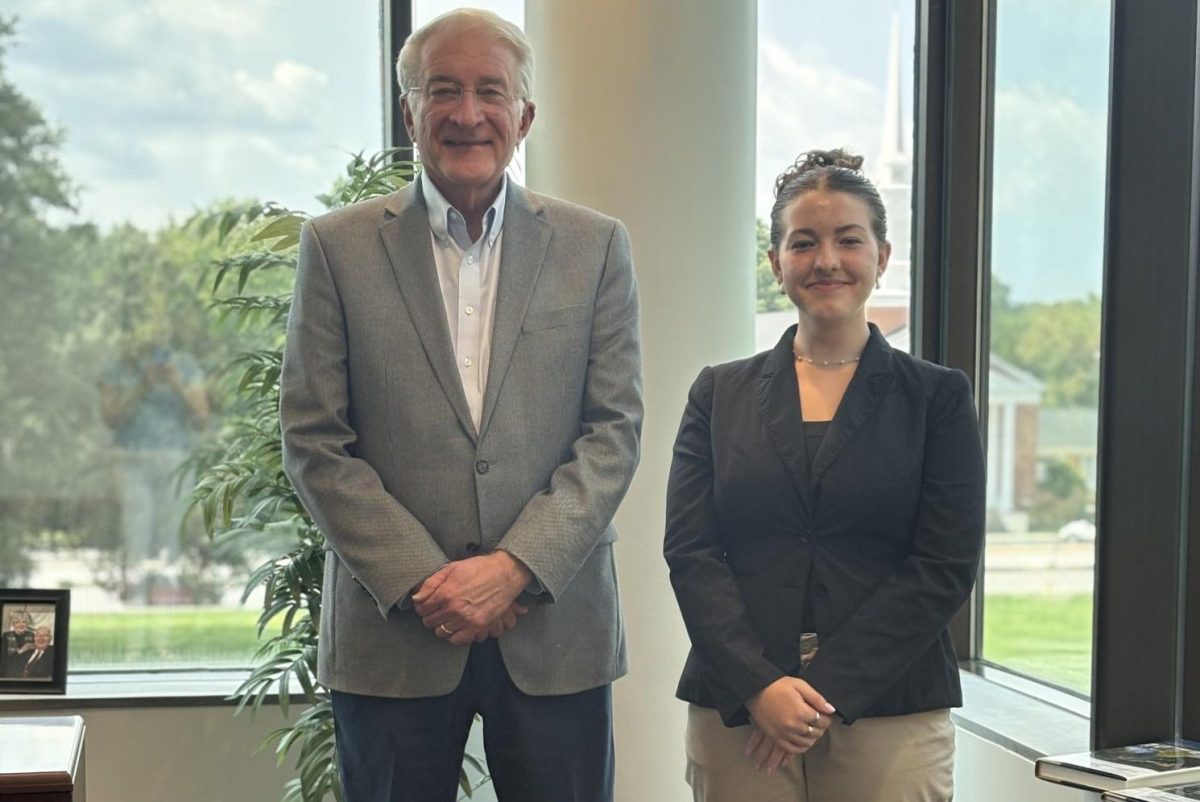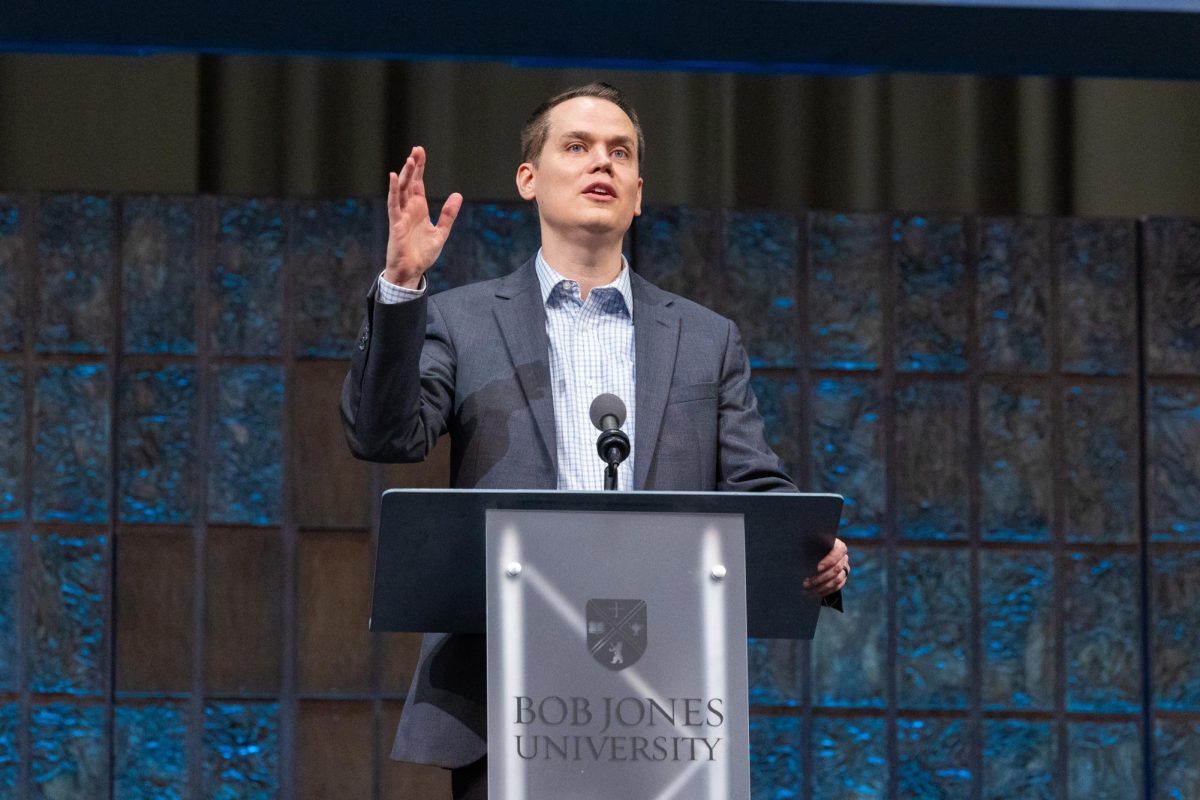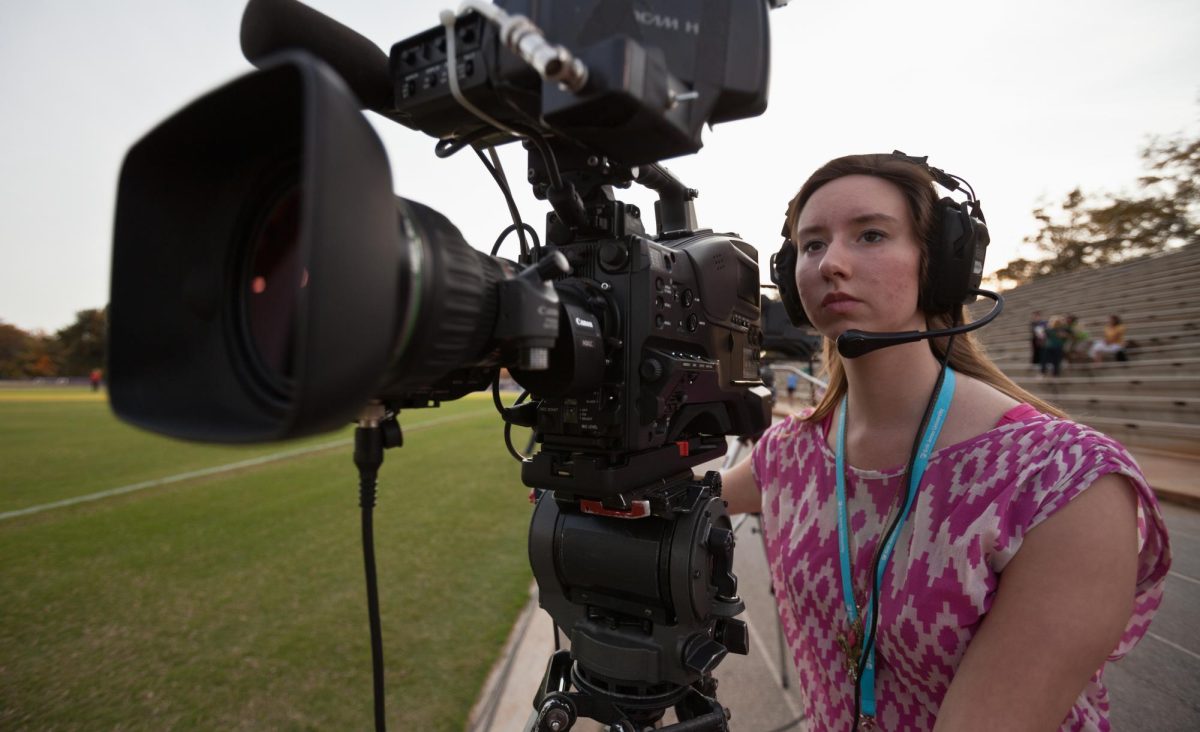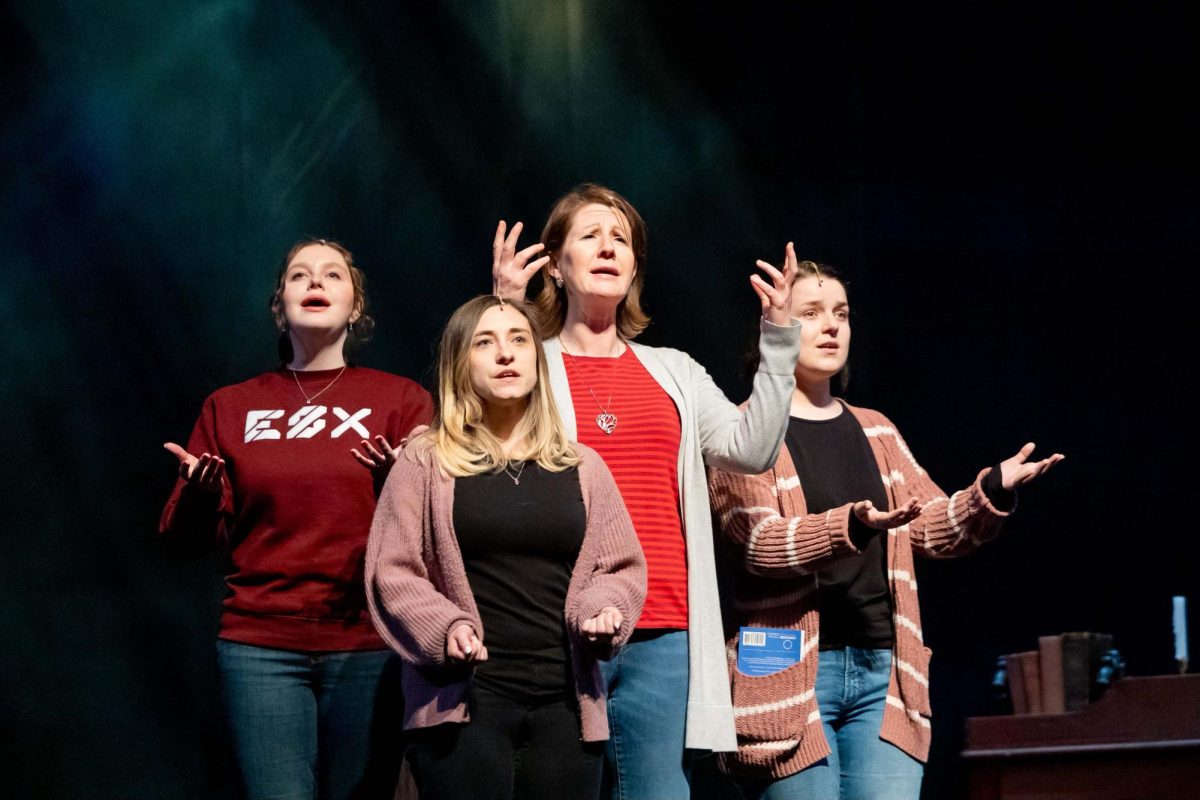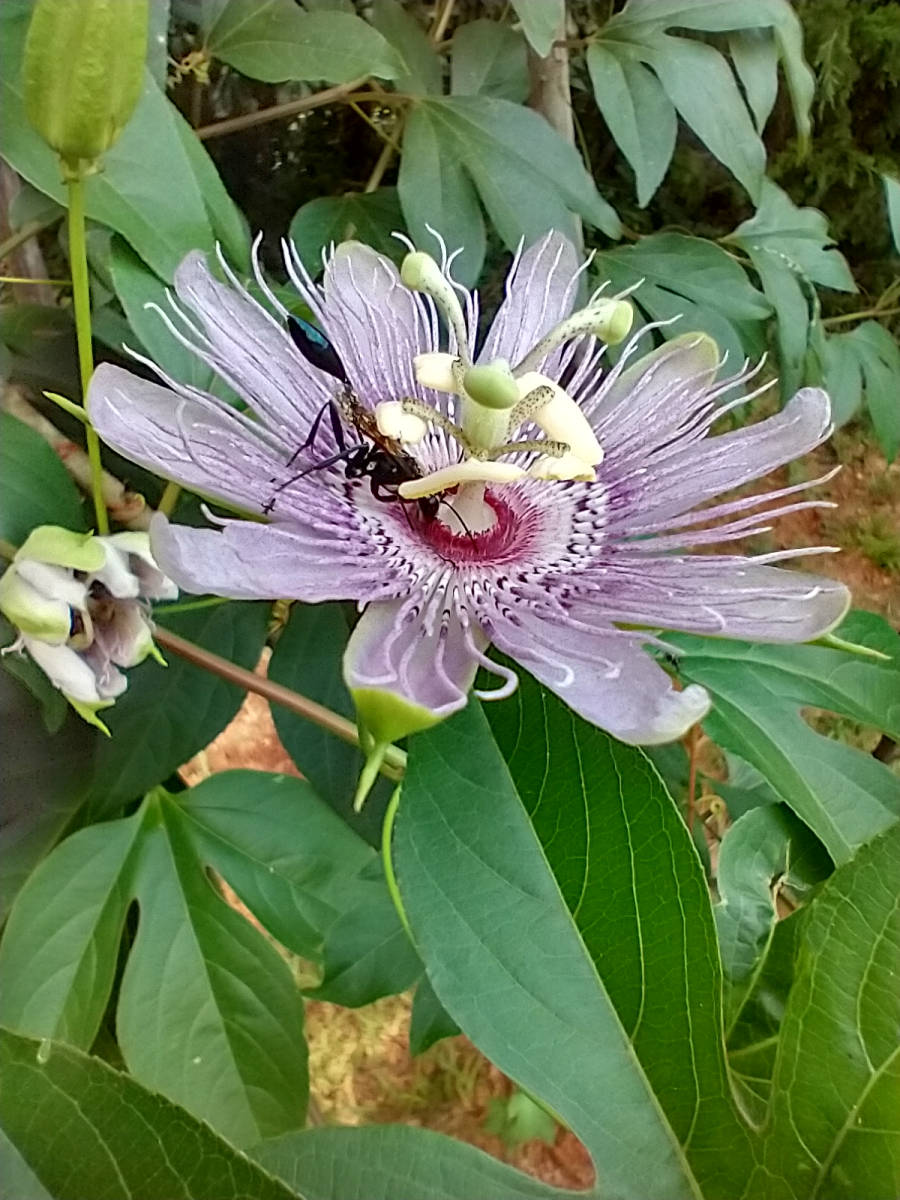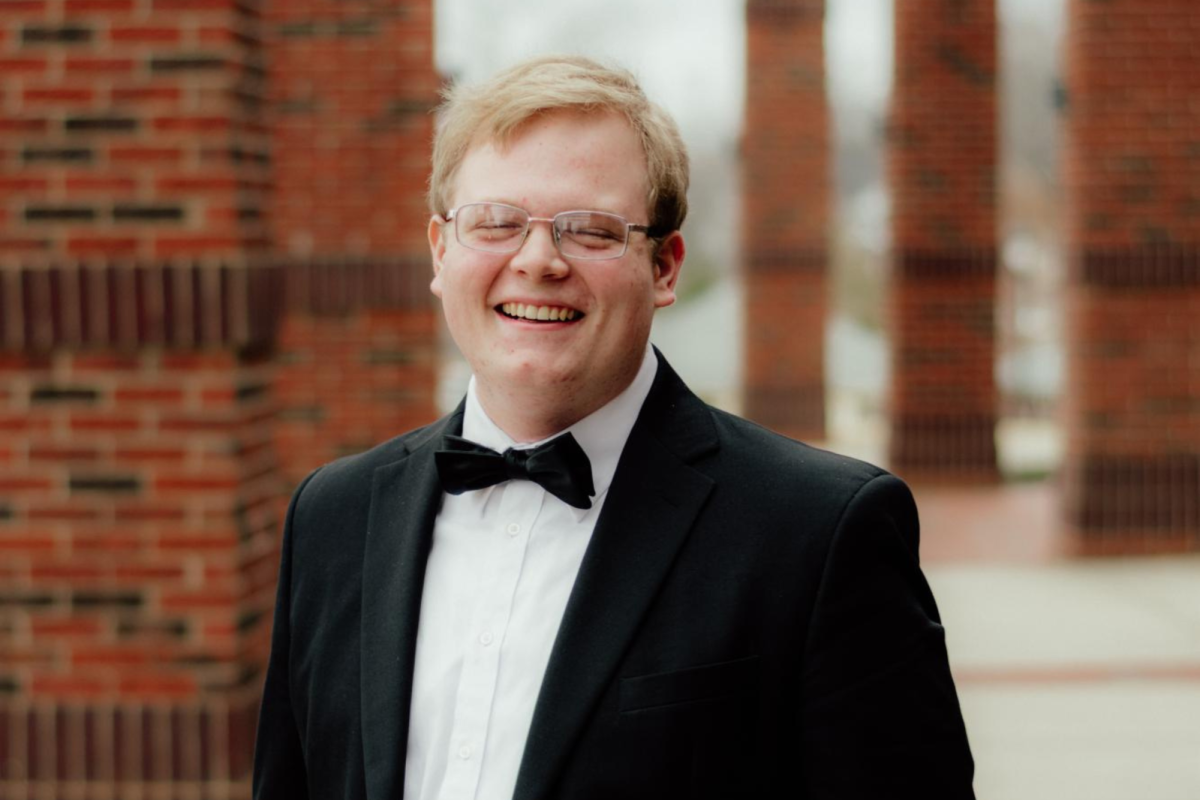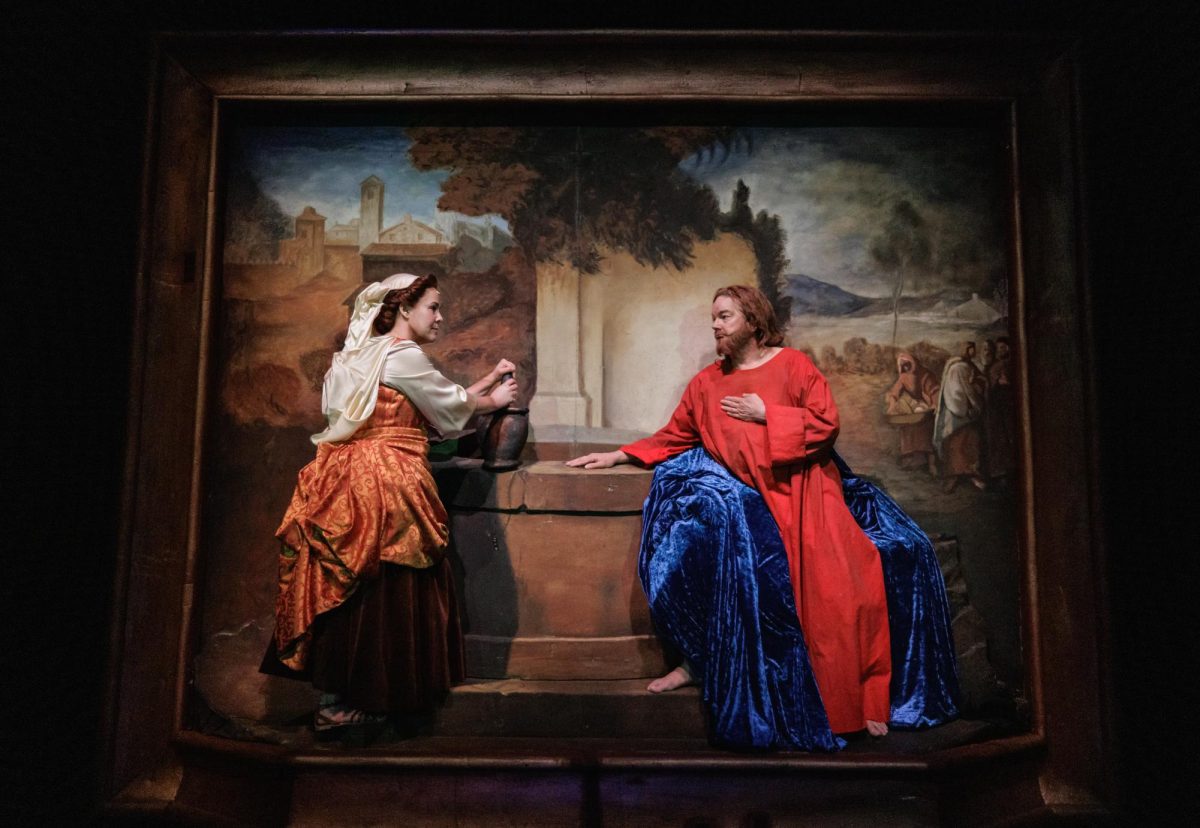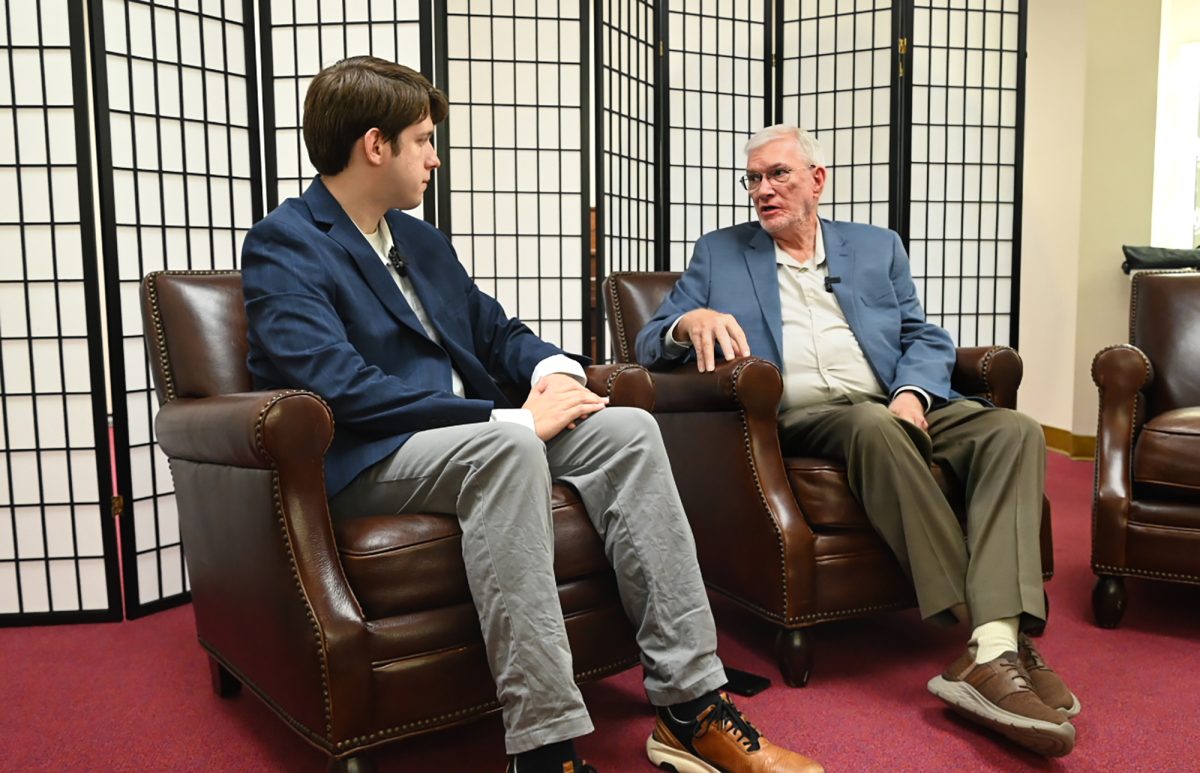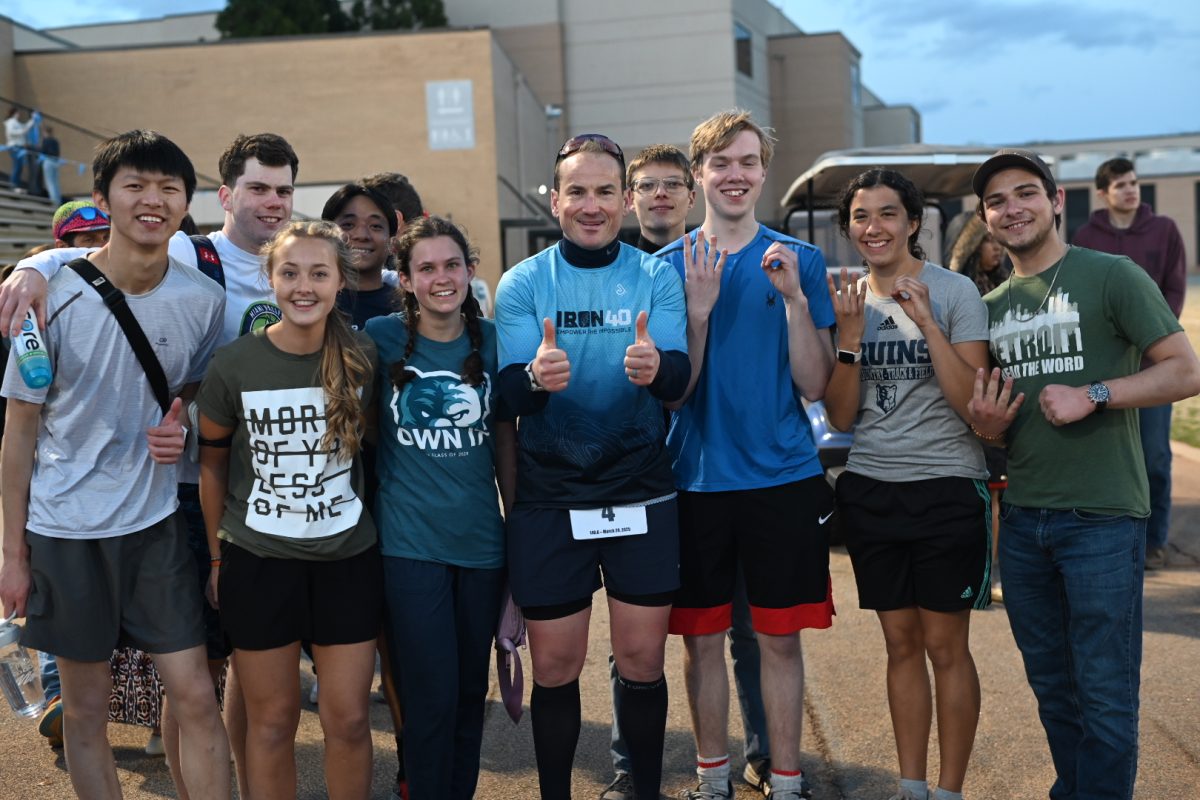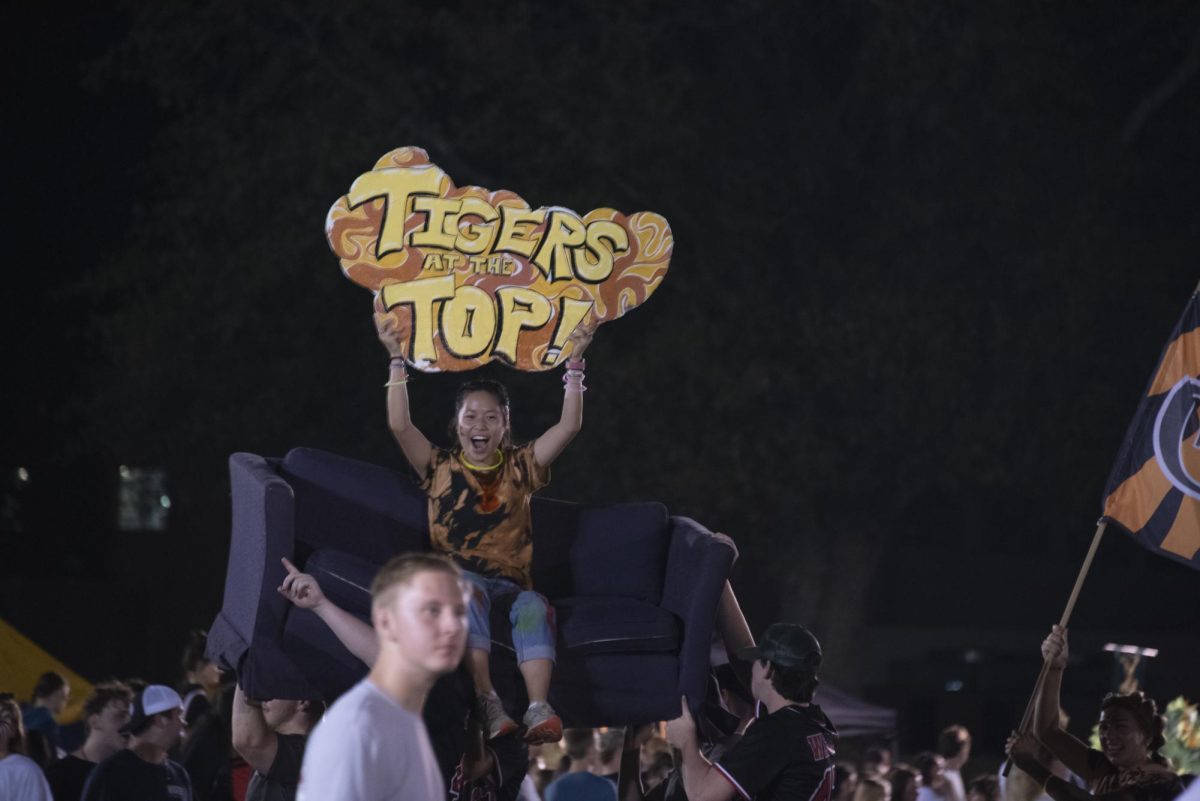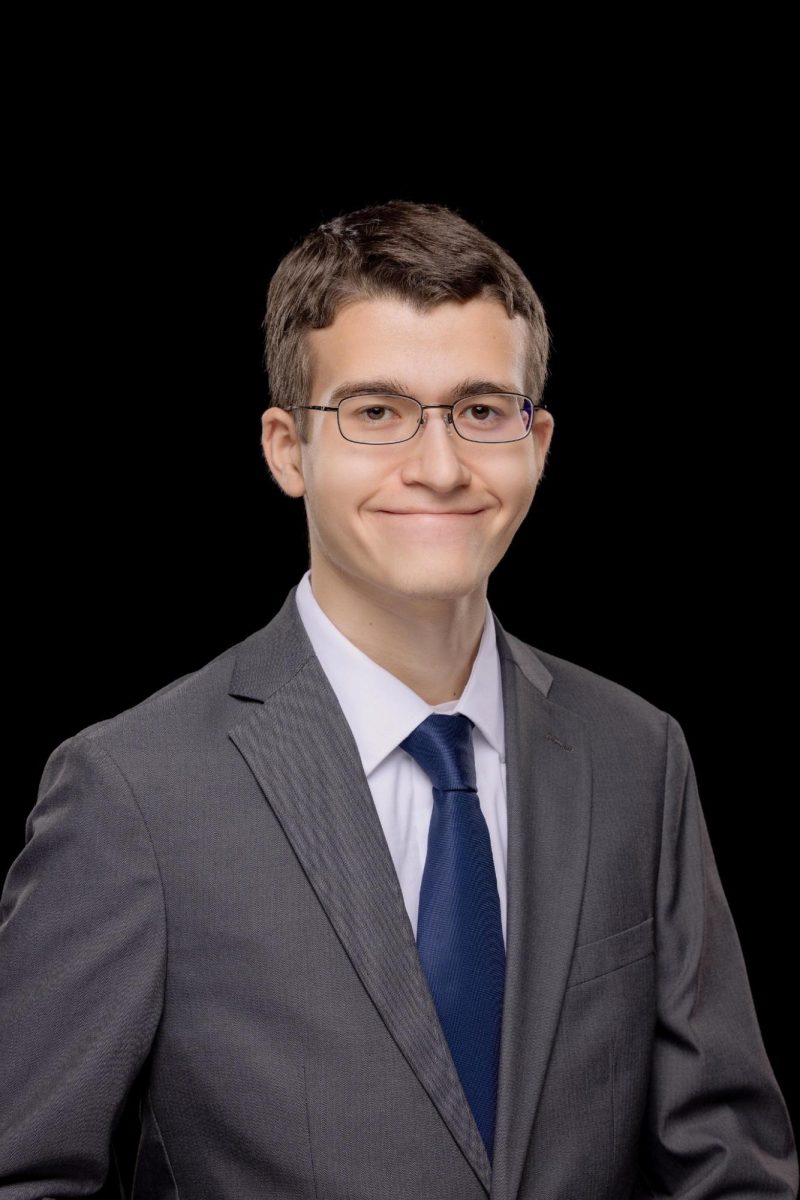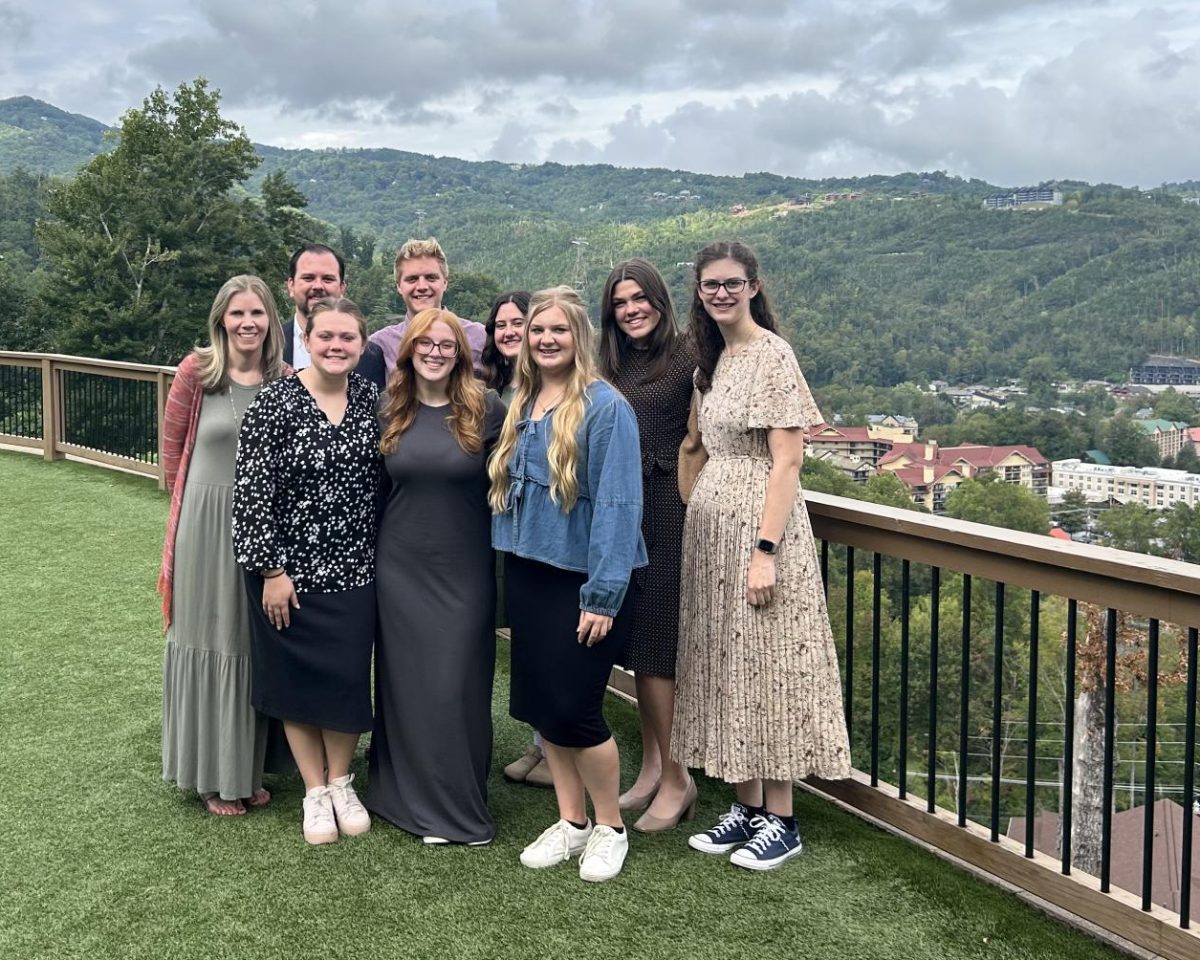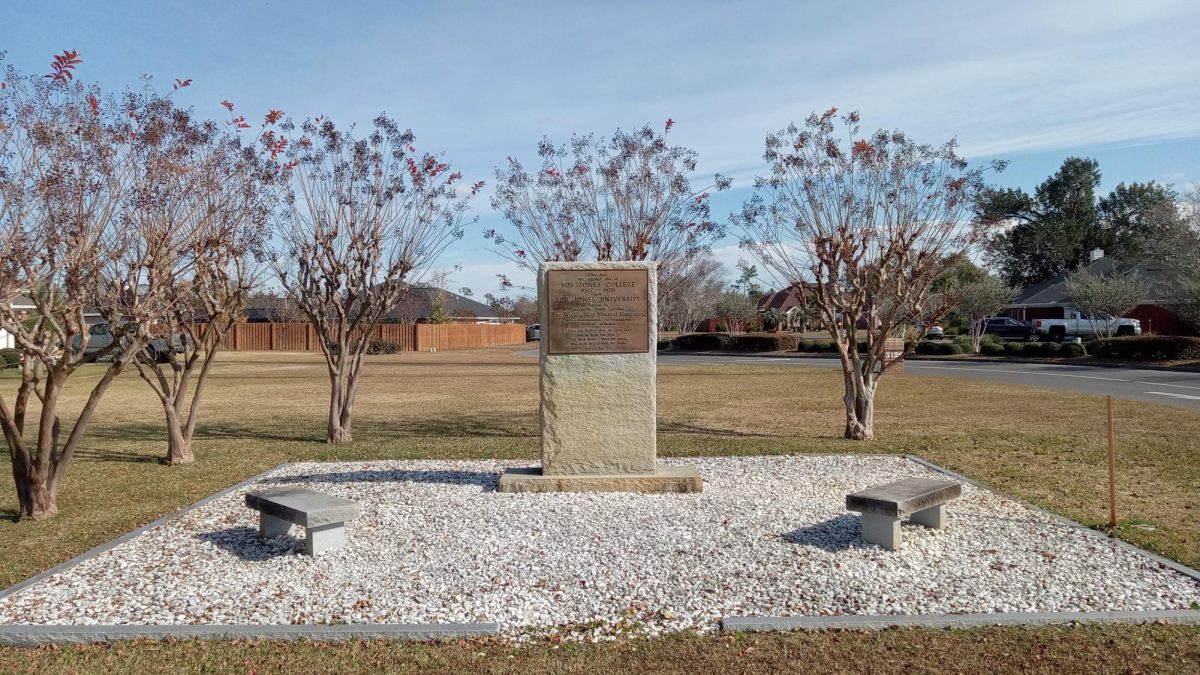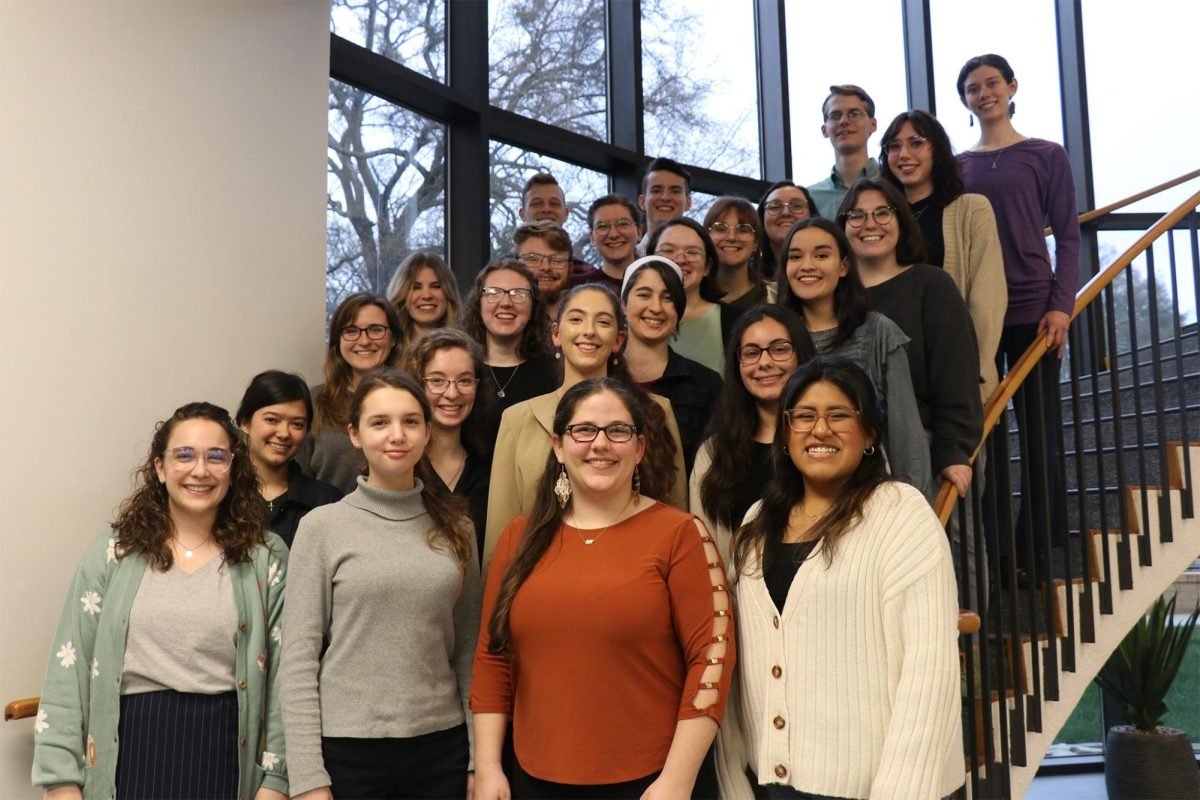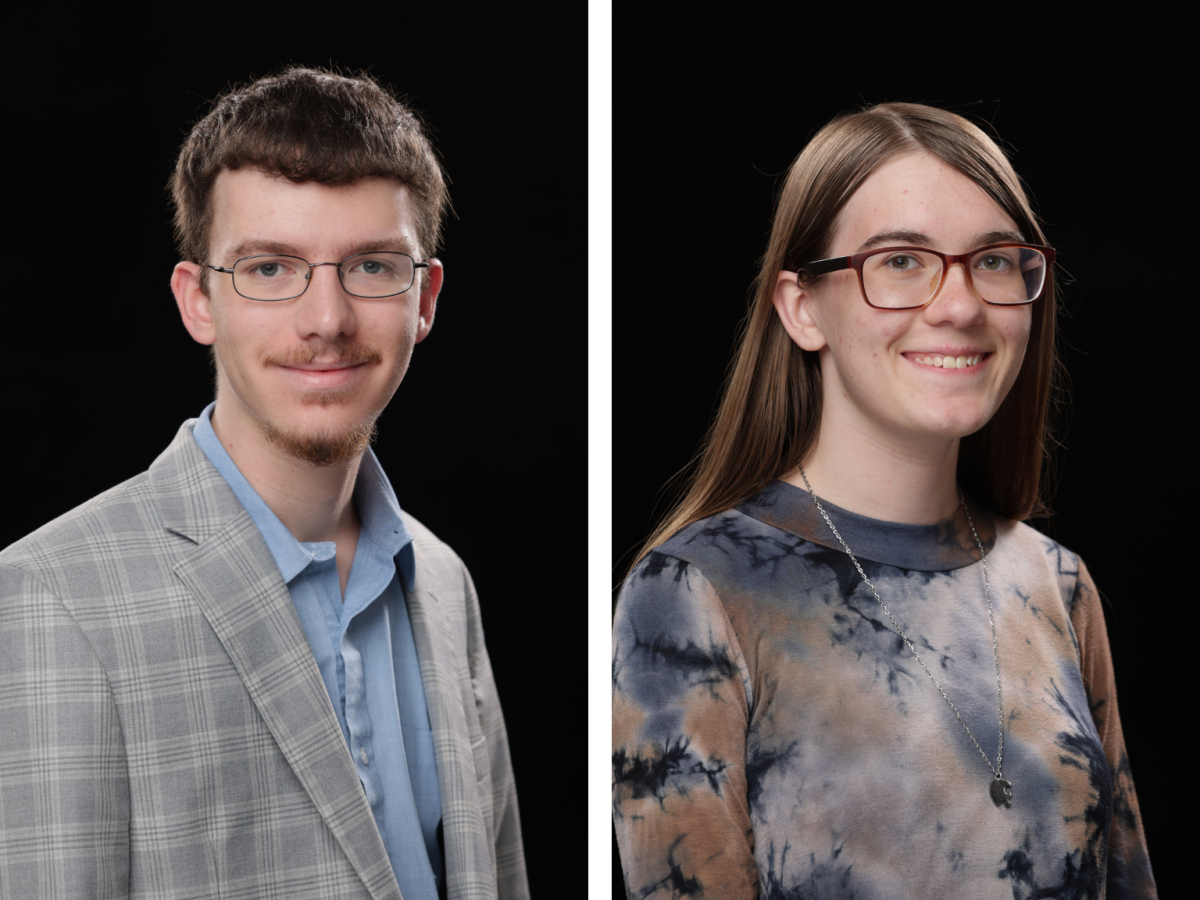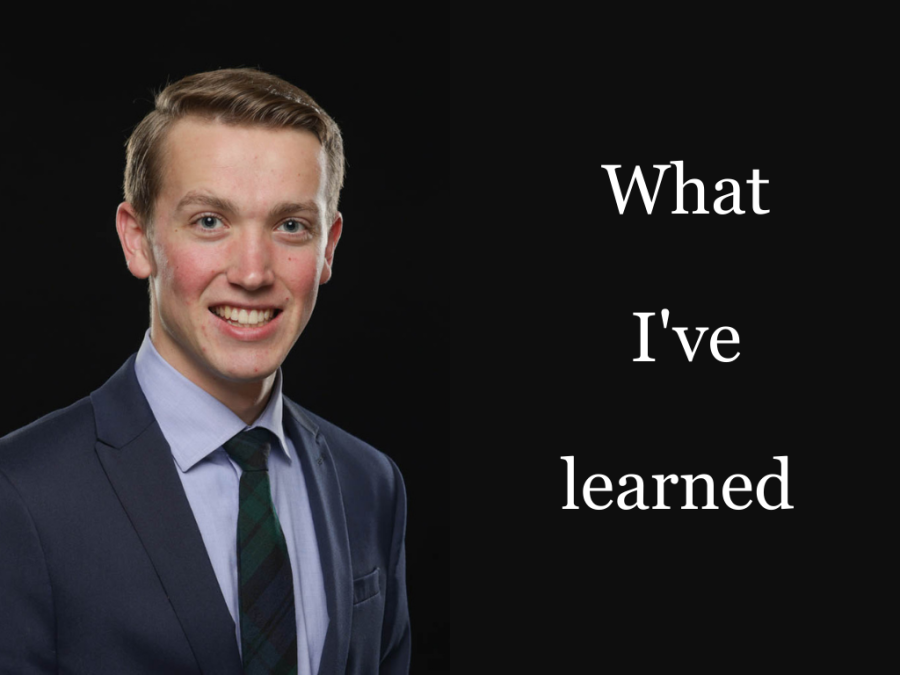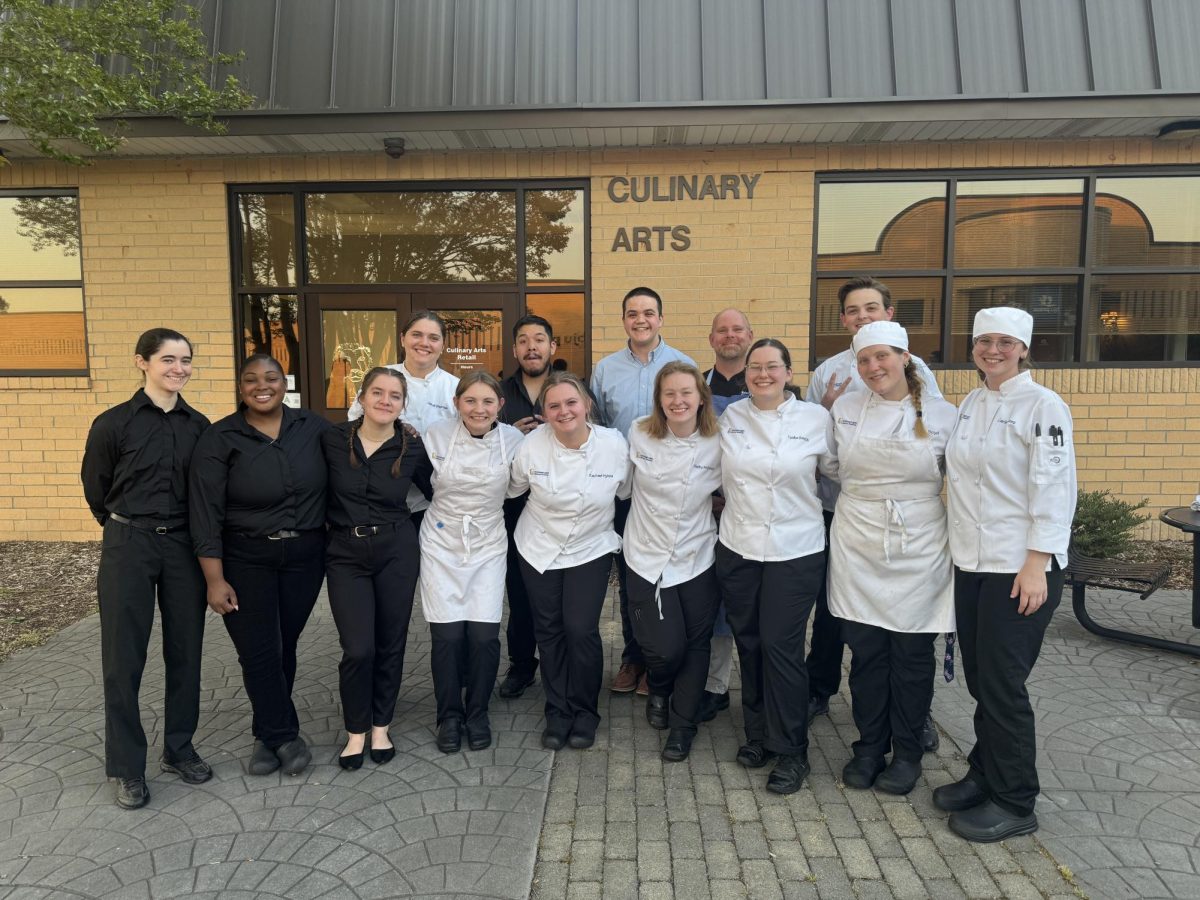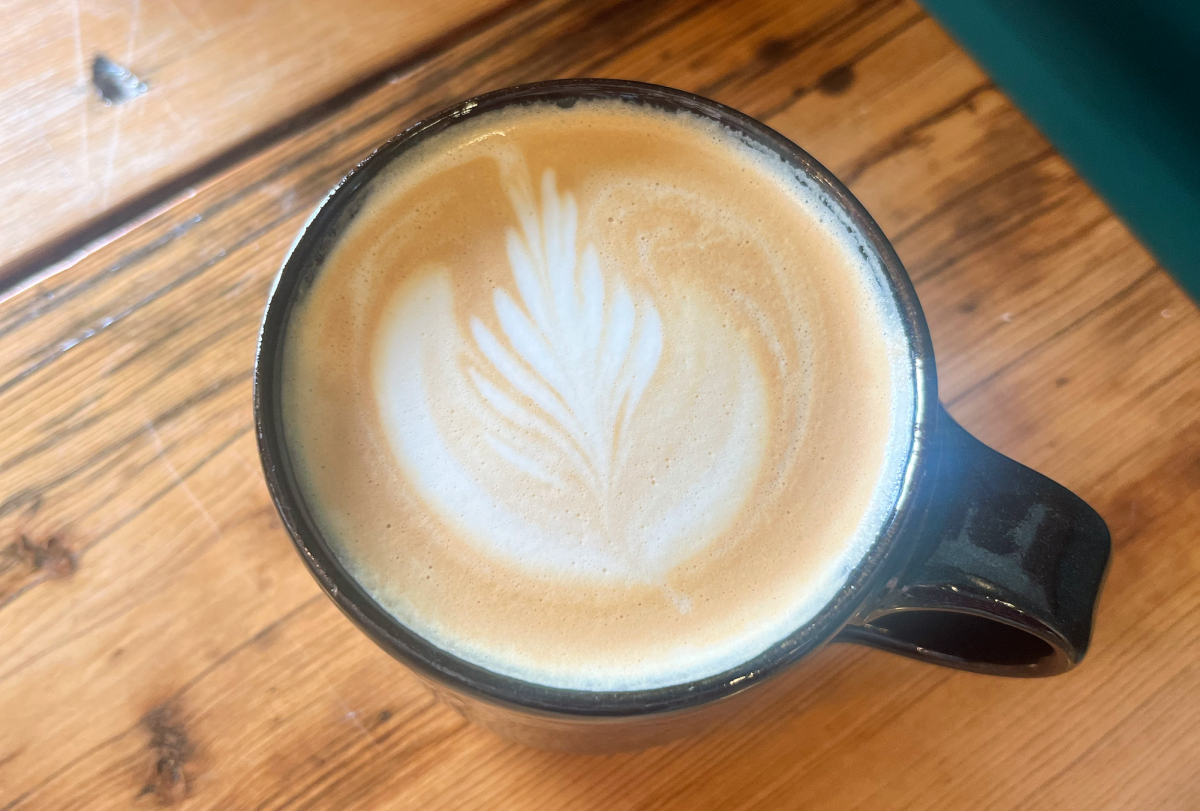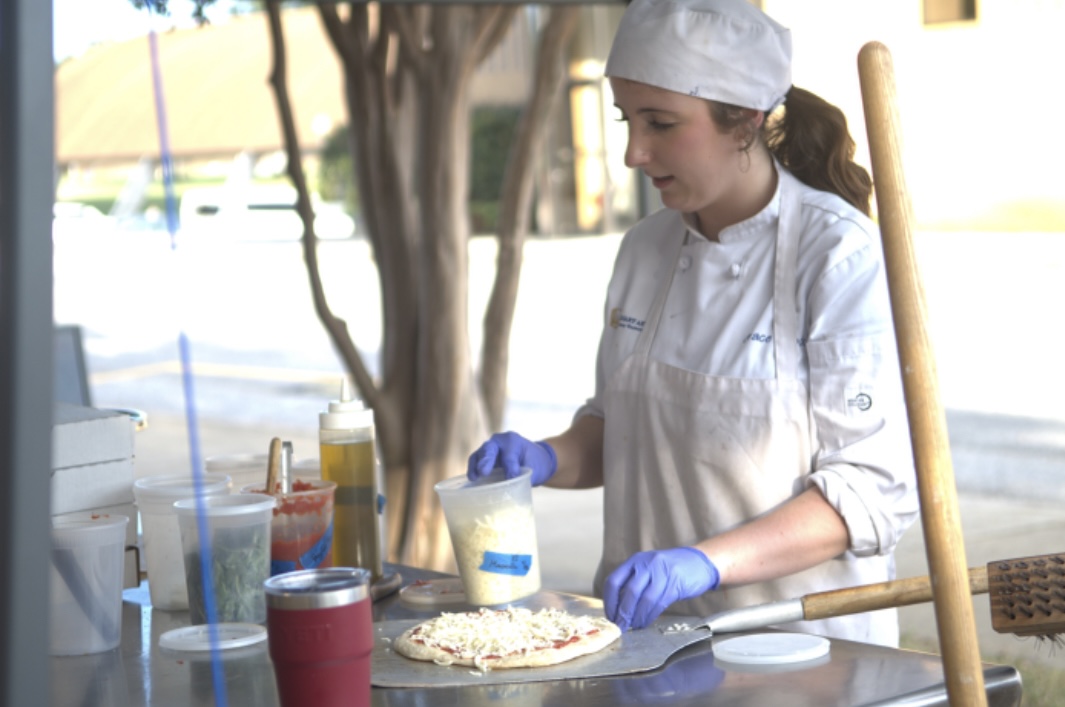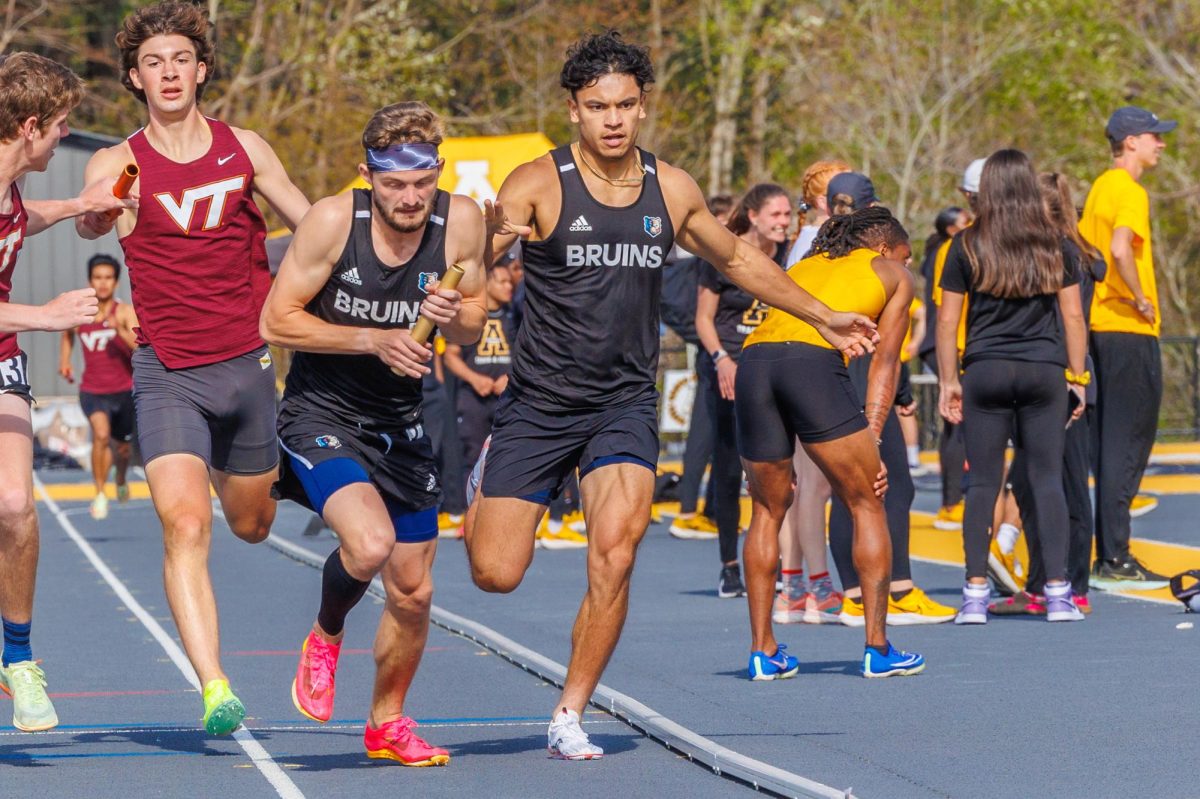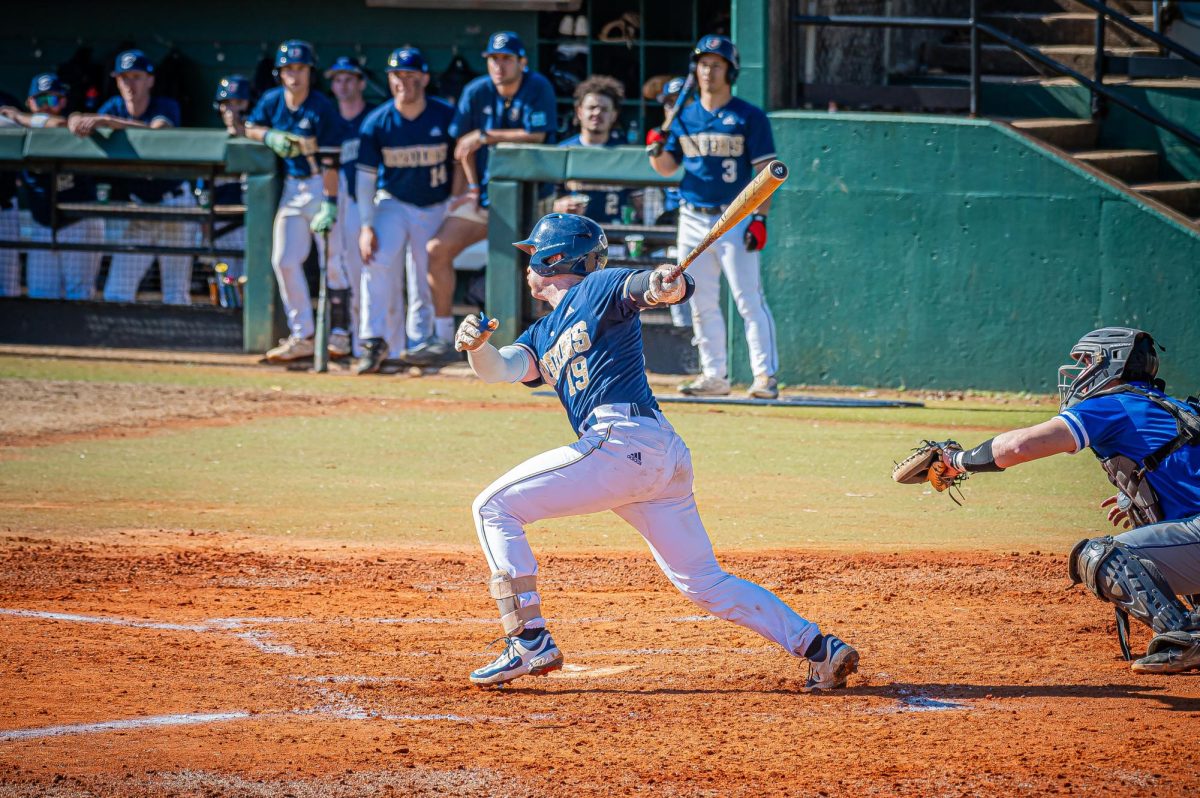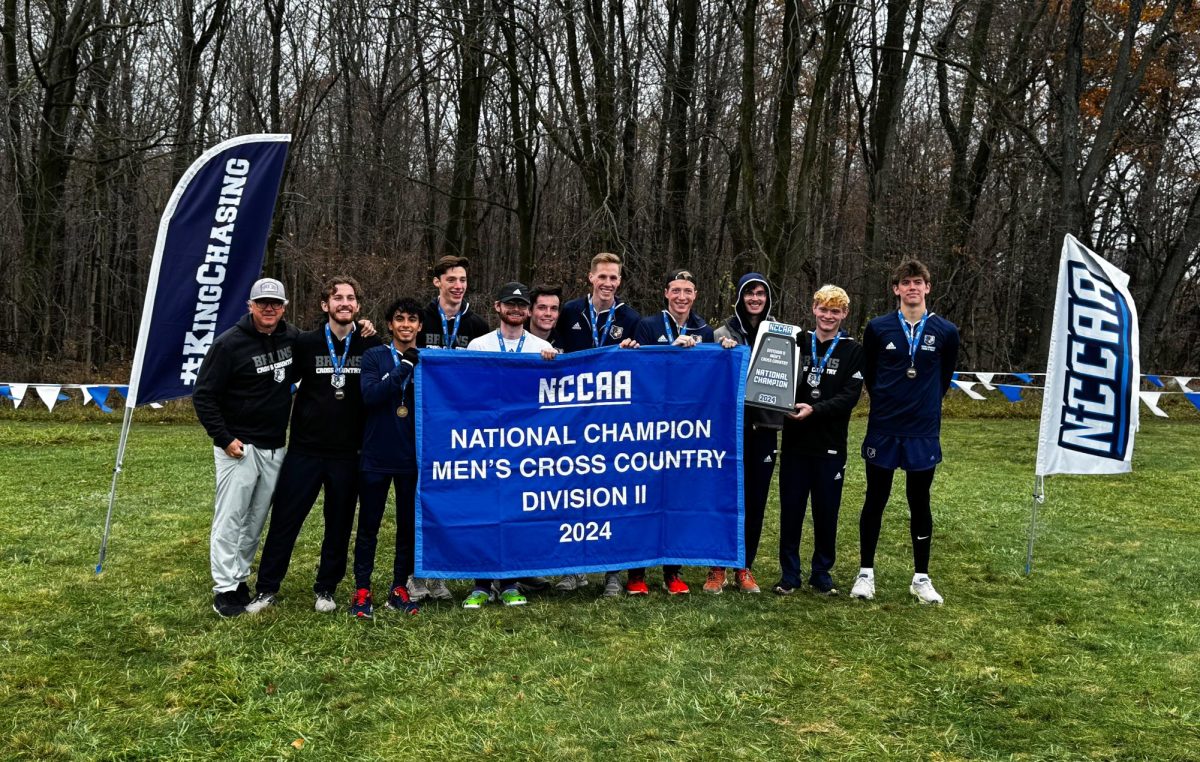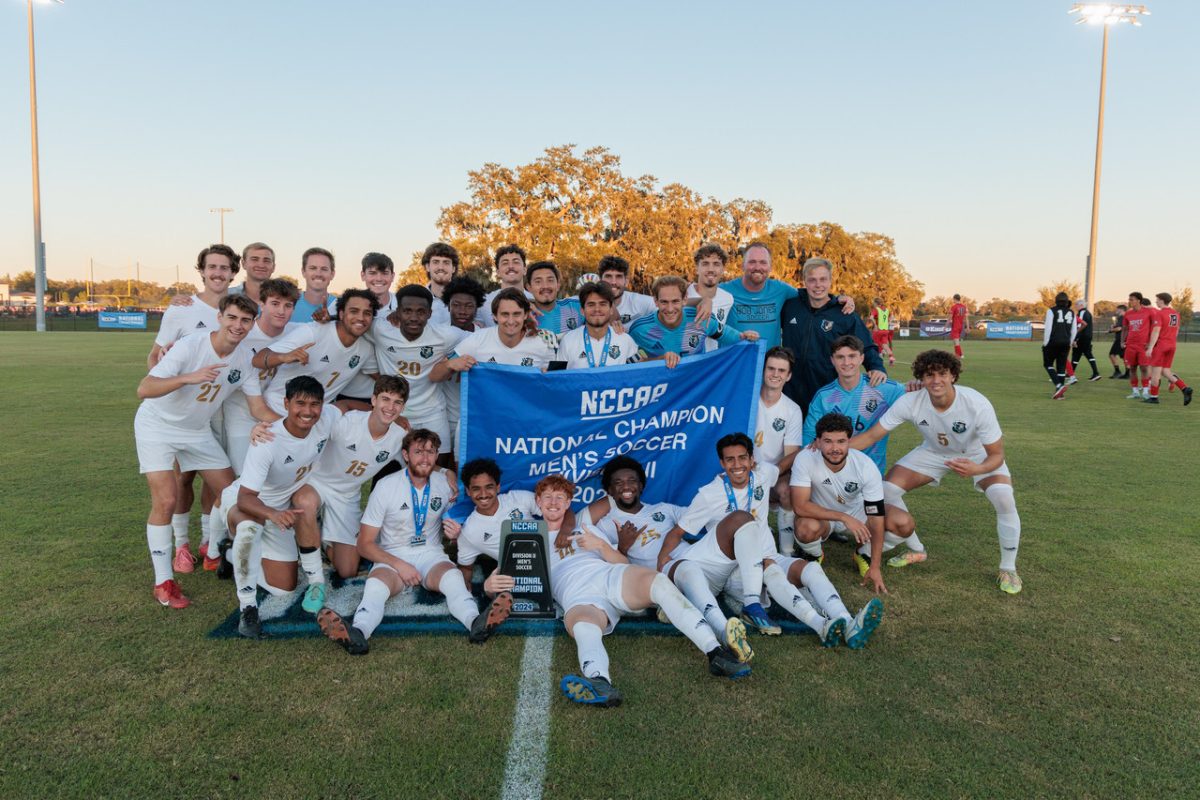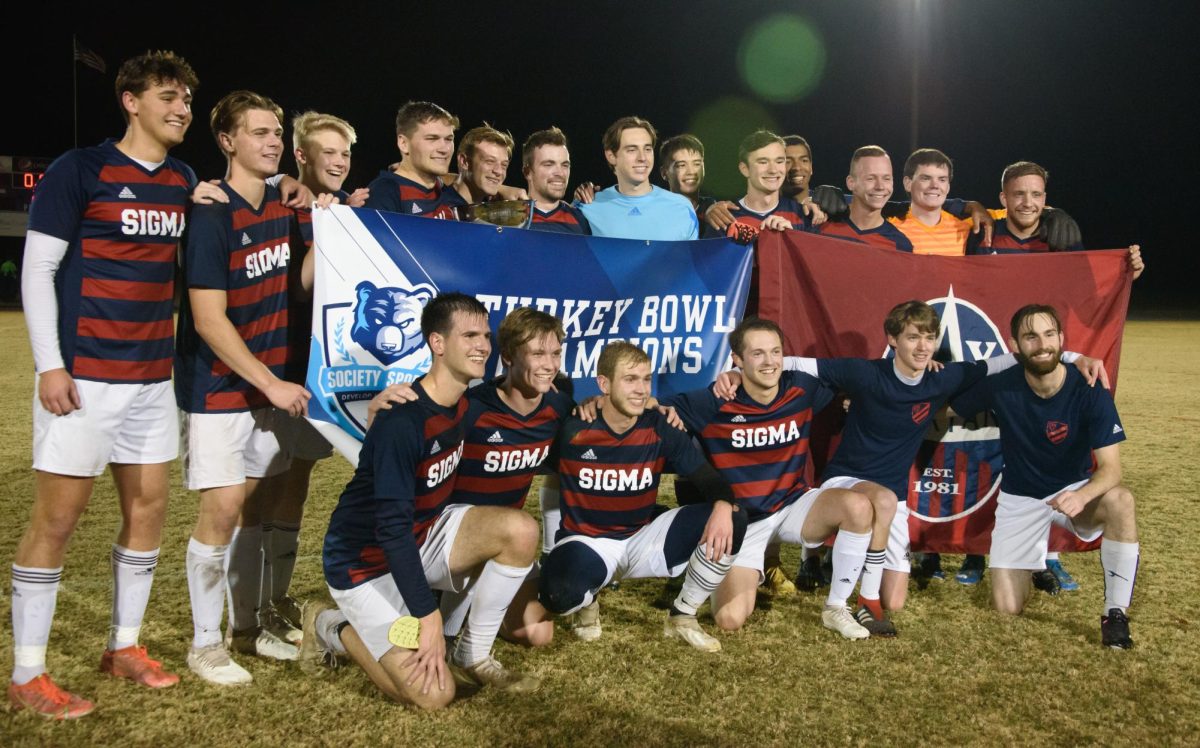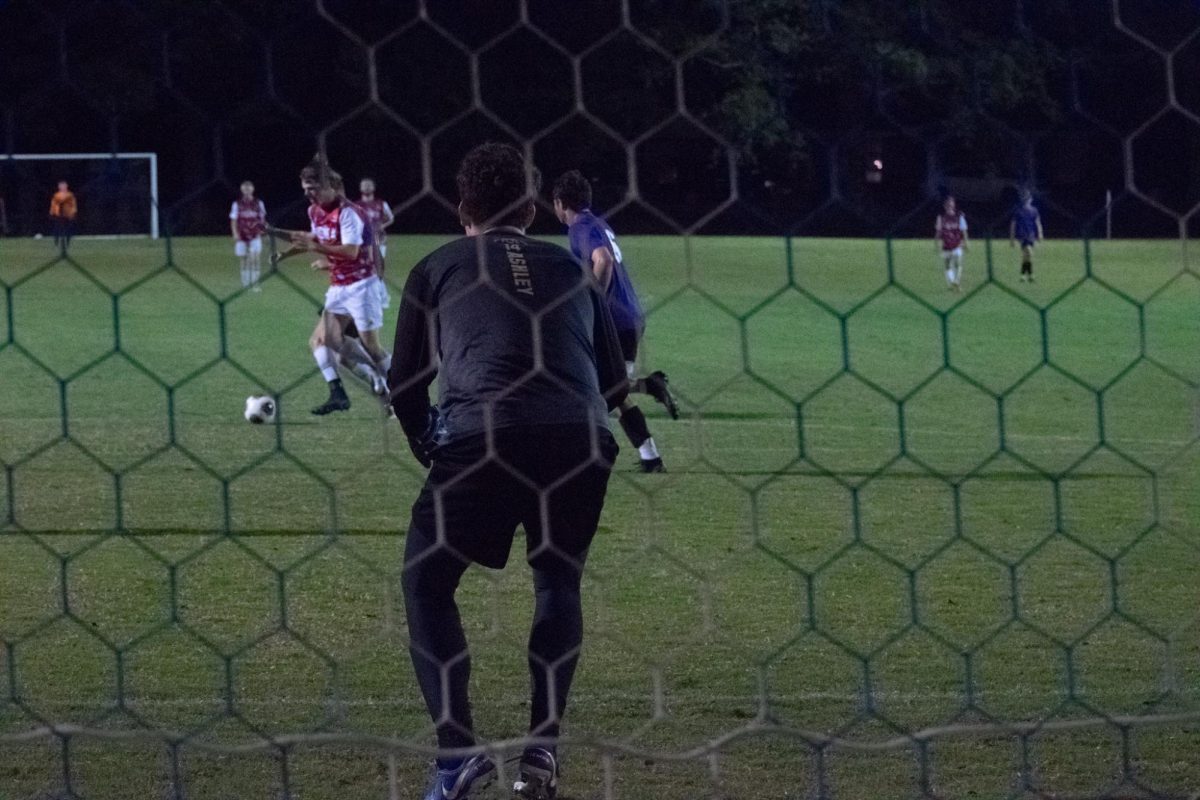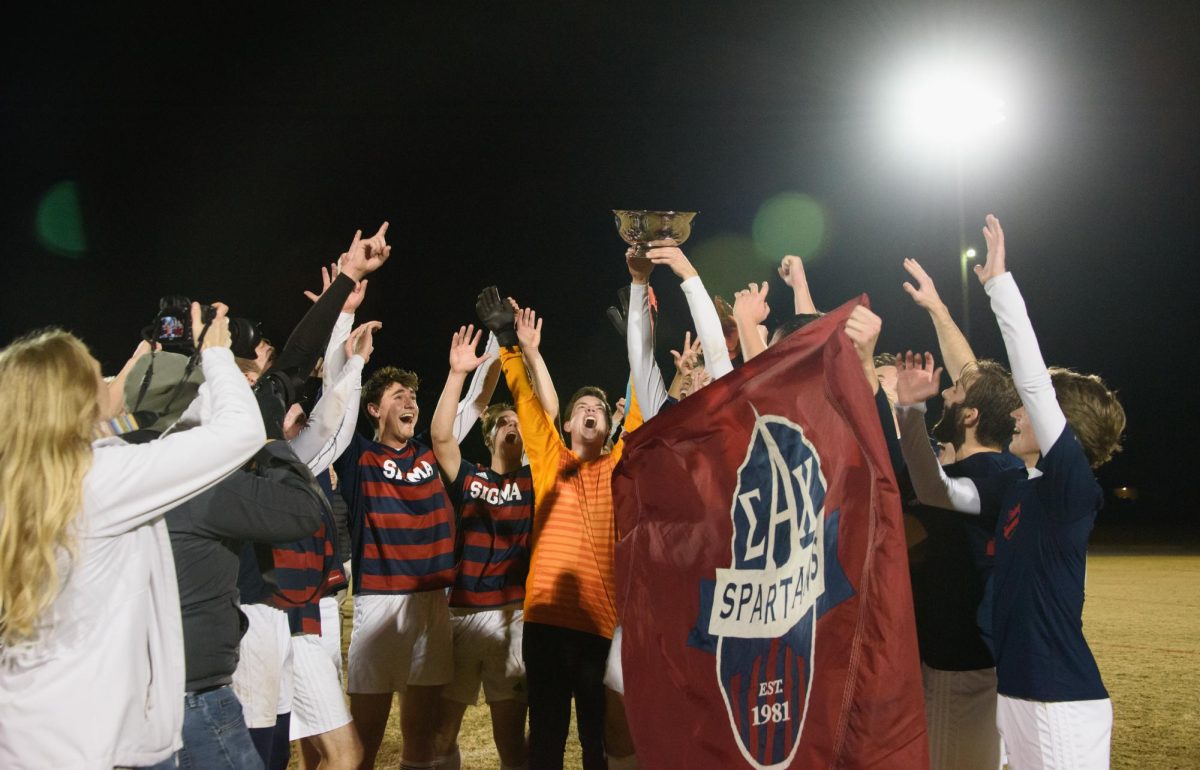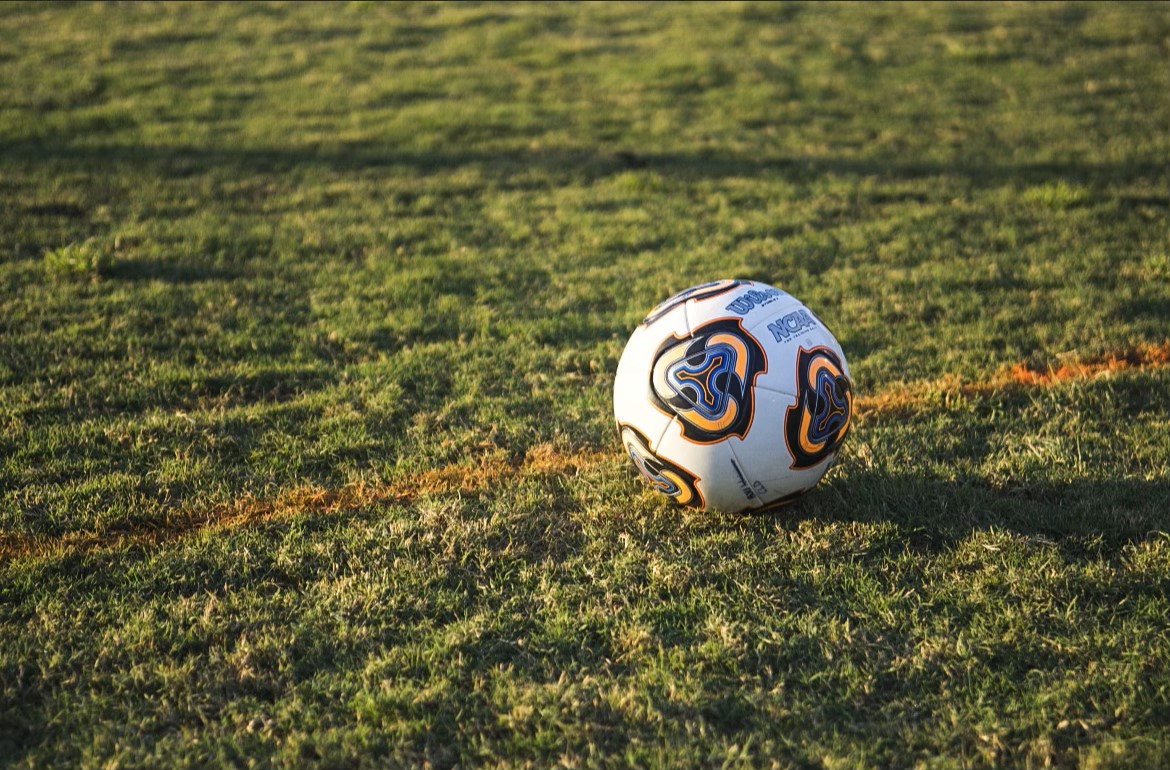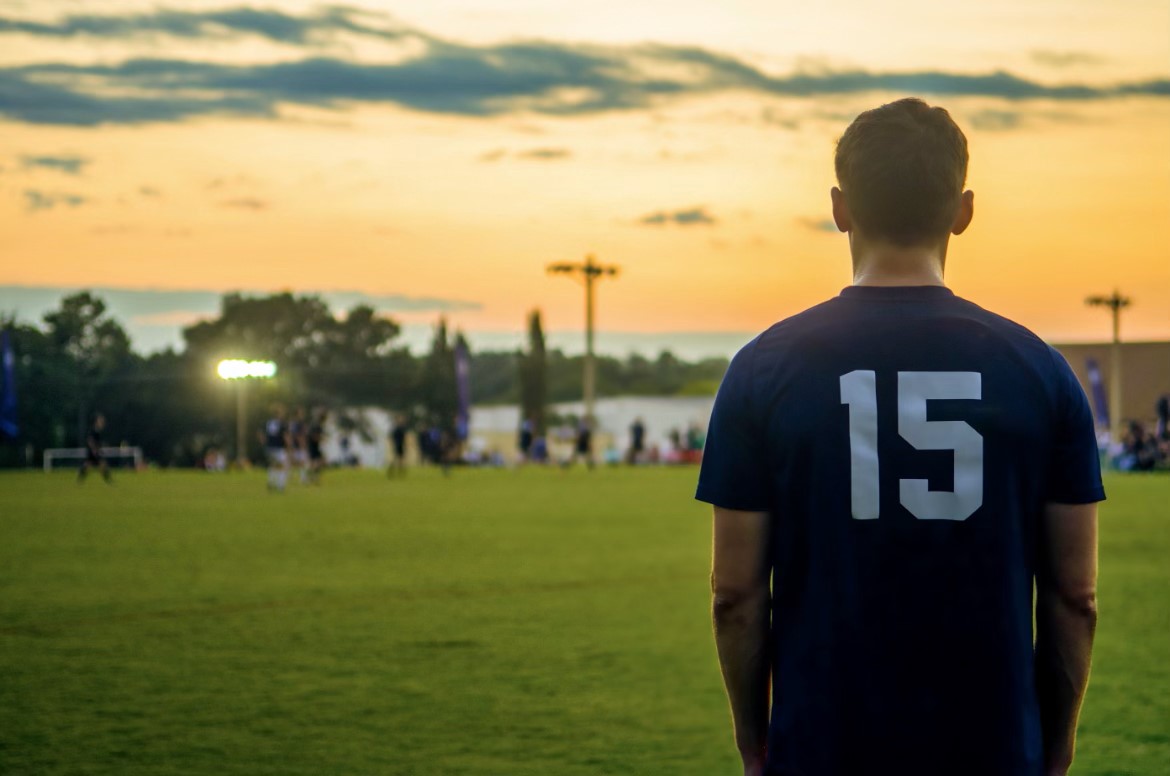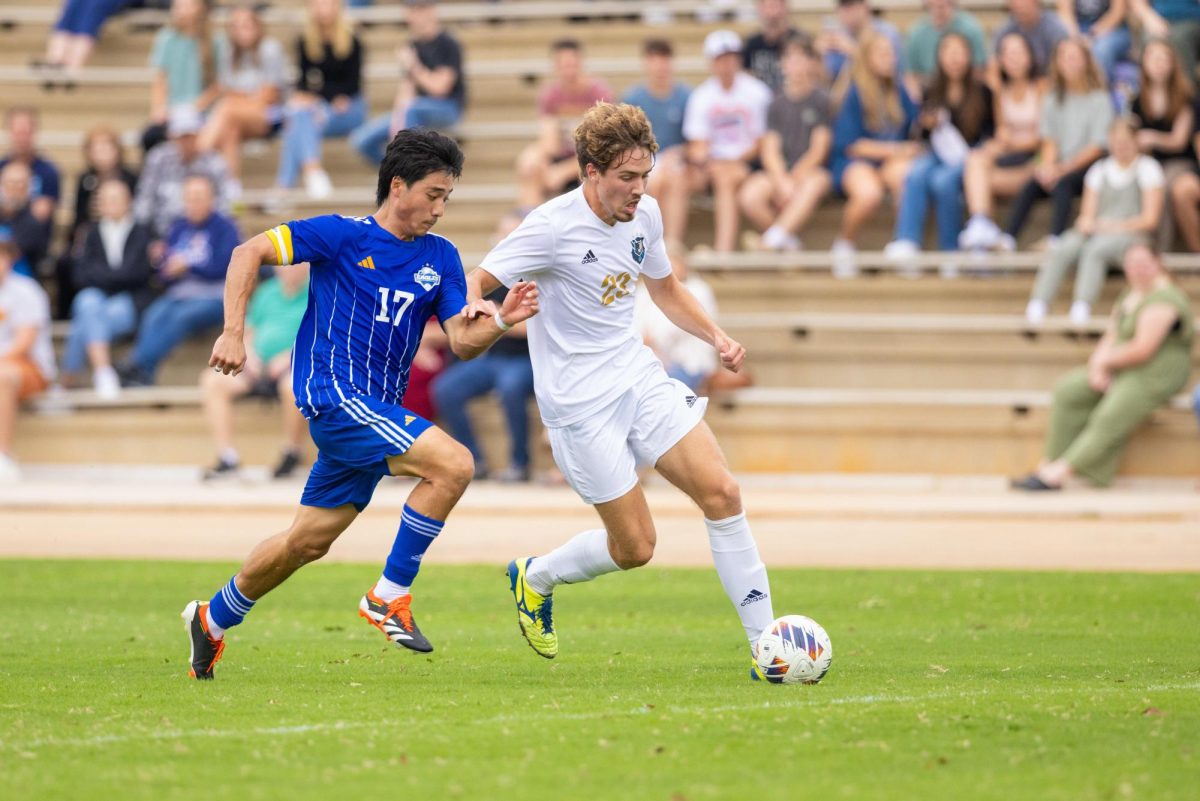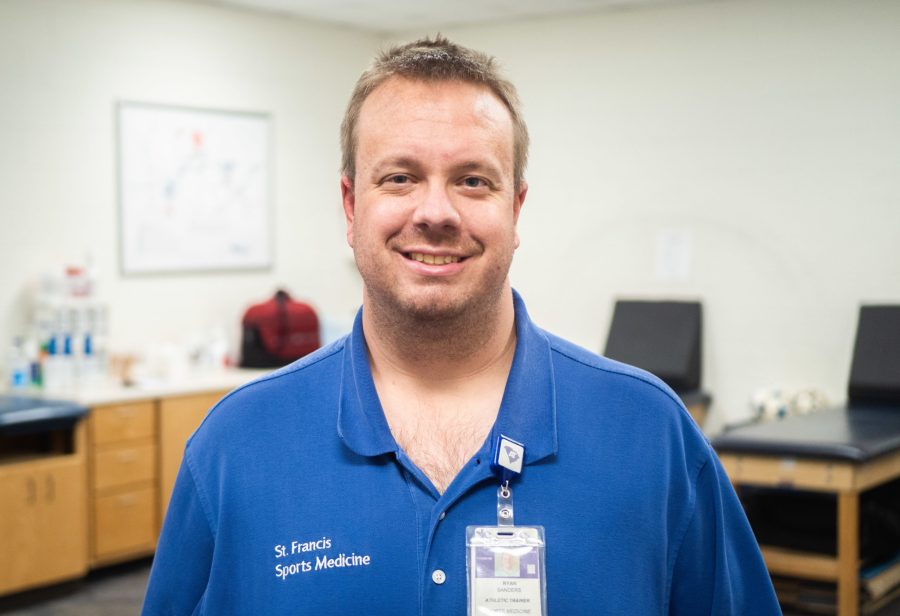BJU Bruins sports teams have protocols in place to prevent new injuries and catch injuries before they get worse to prevent major physical damage from occurring.
Ryan Sanders, head athletic trainer, who oversees athletes’ health, safety and recovery, is employed by Bon Secours St. Francis Medicine but is contracted out to work with BJU’s athletic department. He is in charge of rehabilitation for injured athletes.
Sanders is present for Bruins games so that if injuries occur, he is the first one to evaluate an injury. He determines whether the player can get off the field or in the case of a more serious injury, whether EMS needs to be called. There is a network of physicians that work with injured BJU Bruins.
The process of rehab for injured athletes sometimes involves outside rehab from a physical therapy clinic. Depending on the extent of their injury, students might just work on rehab with Sanders while others spend some time at a clinic before finishing rehab with Sanders.
Faith Rahn, sophomore Bruins volleyball player, landed wrong during preseason of fall 2019. “I tore six ligaments and tendons and then sprained another one,” she said. This injury prevented her from playing for the rest of the year.
An ACL injury typically takes six to eight months to heal, but for Rahn, it took close to a full year of almost daily therapy. A major injury for an athlete throws off more than just their life on the court. Being on crutches meant that Rahn had to leave a lot earlier to get to classes or other obligations.
A freshman at the time, Rahn did not know anyone coming into the academic year. “Everyone on the team was super supportive and just helping me along the way,” Rahn said.
The mental aspect of the injury was more challenging than the physical part for Rahn, but she said she is thankful for the communication and support that came from teammates, coaches and trainers
“[Now], it’s definitely just trying to get used to it all again and playing with a team,” Rahn said. “You need a lot of time to work through that.”
A lot of what Sanders is involved in is the prevention of athlete injuries. Light taping helps prevent injuries. Students stretch and roll out before practices. Women athletes are especially prone to tear their ACLs, so dynamic warmups to stretch out the quads for ACL prevention are often a part of pre-workouts. Each athlete has different needs, so they can tailor the time of stretching to what they need personally.
The volleyball players come 30 minutes early to warm up and stretch before practice.
“We make sure we’re all loosened up so we don’t get injured,” Rahn said. Ankle braces are another preventative measure that volleyball athletes use.
In the case of a strain, the athletic trainer works with the athlete to build muscle strength in that area. “It’s a lot of catching injuries early,” Rahn said.
Another aspect of injury prevention is the ice bath. “Ice baths really help with muscle fatigue and help get rid of the lactic acid that’s inside the body from practice,” Sanders said.
For the more topical recovery of shin splints or ankle sprains, athletes use slush buckets, which are a smaller version of ice baths.
Volleyball players use wraps to ice their shoulders and aid in muscle recovery. “We definitely need ice after practice, and it helps a lot honestly,” Rahn said.

